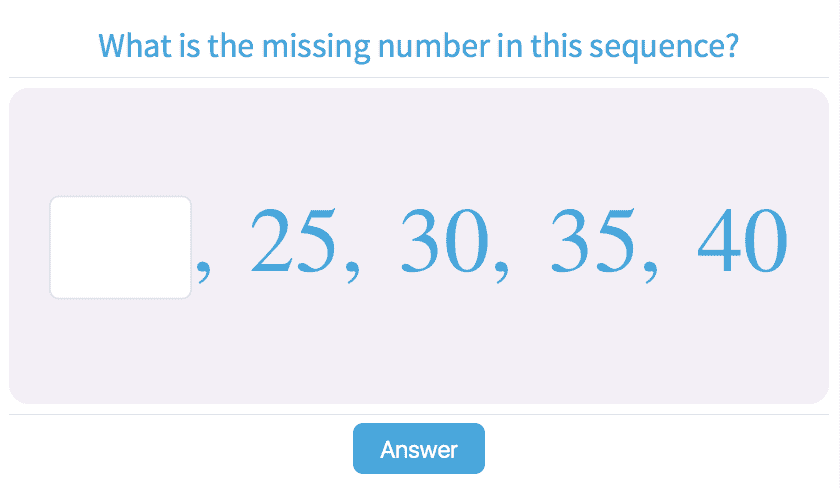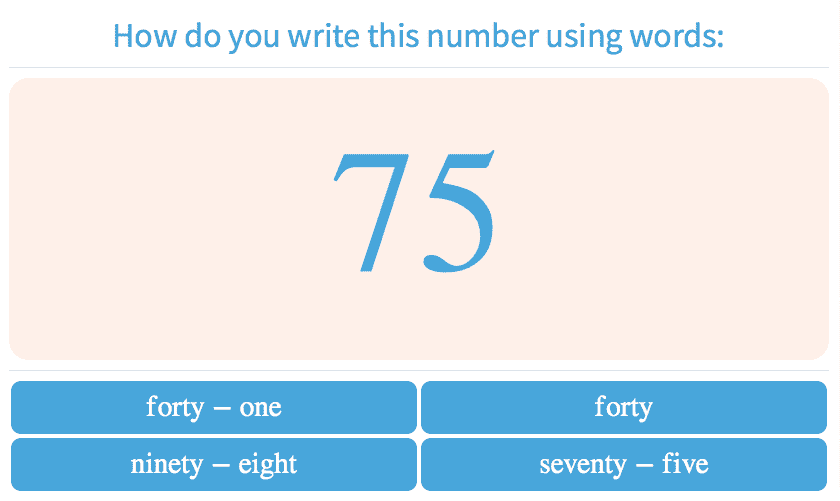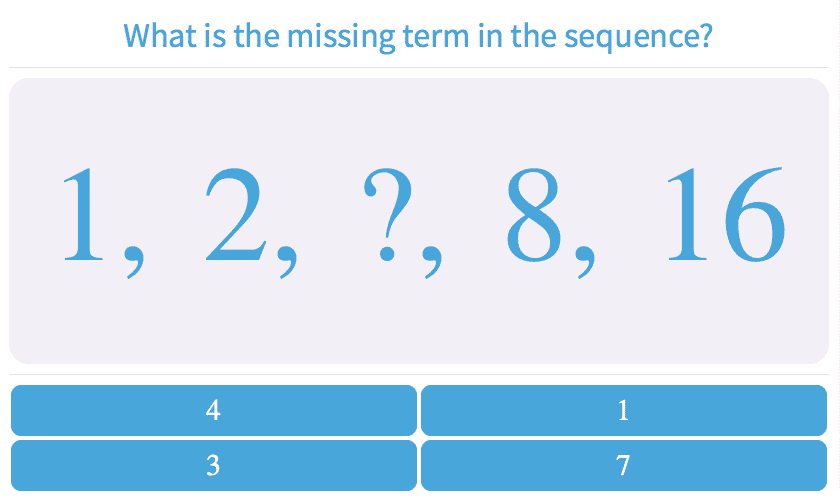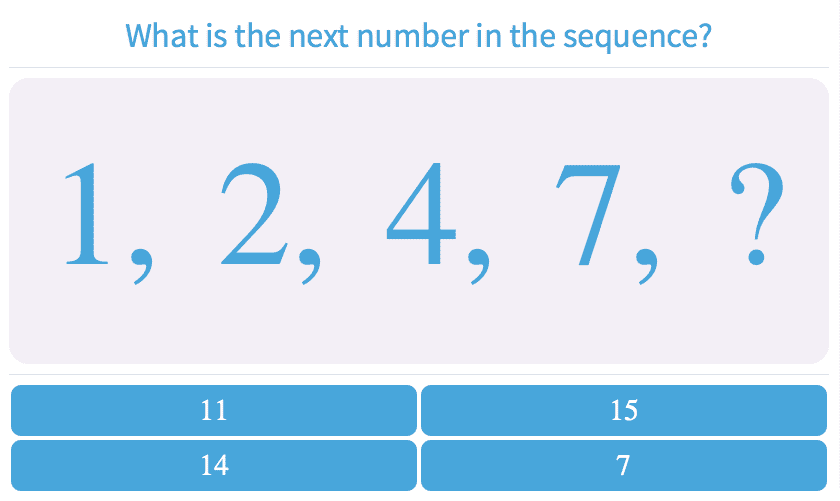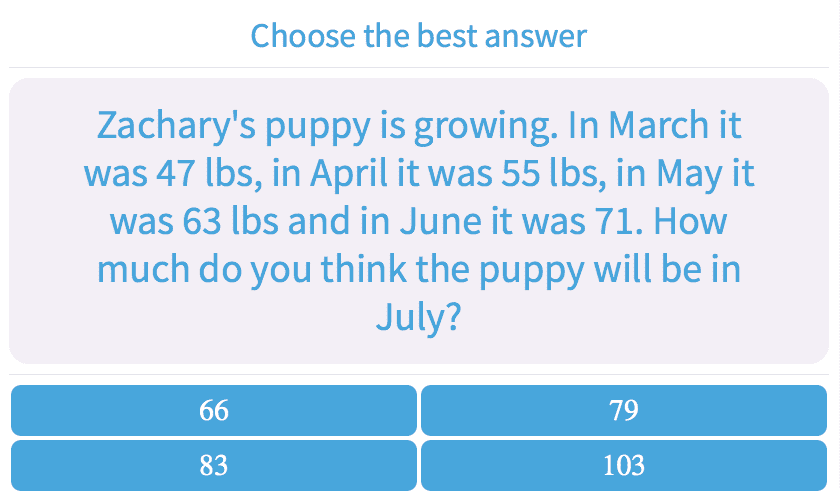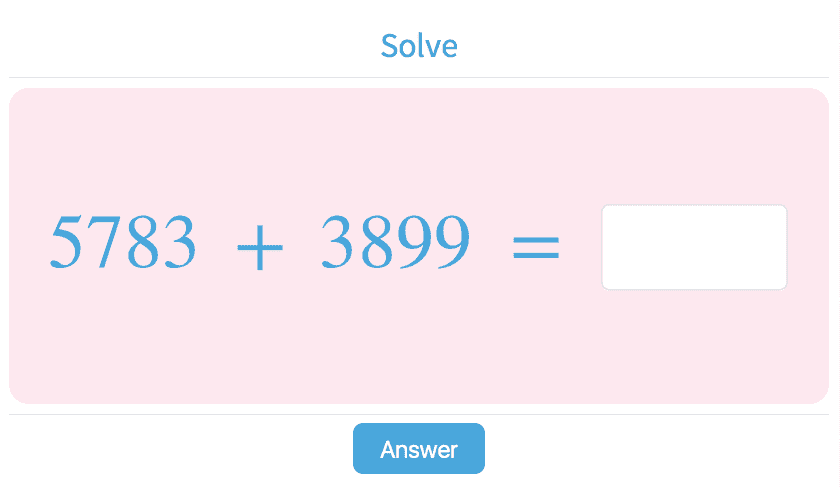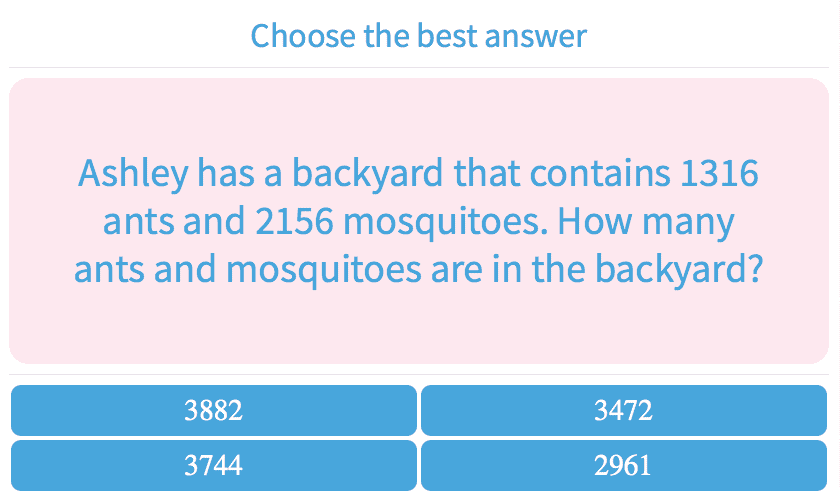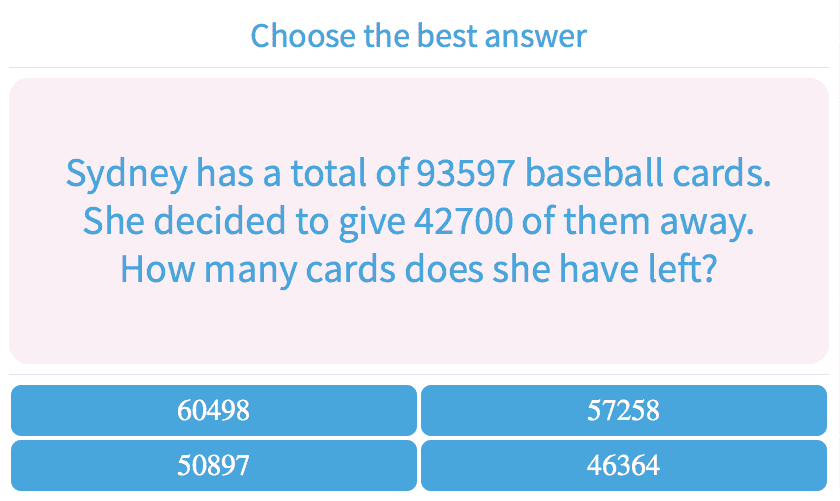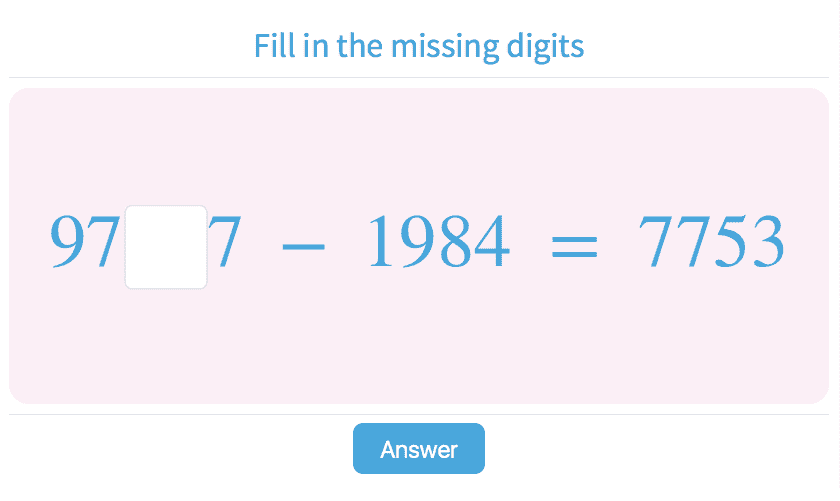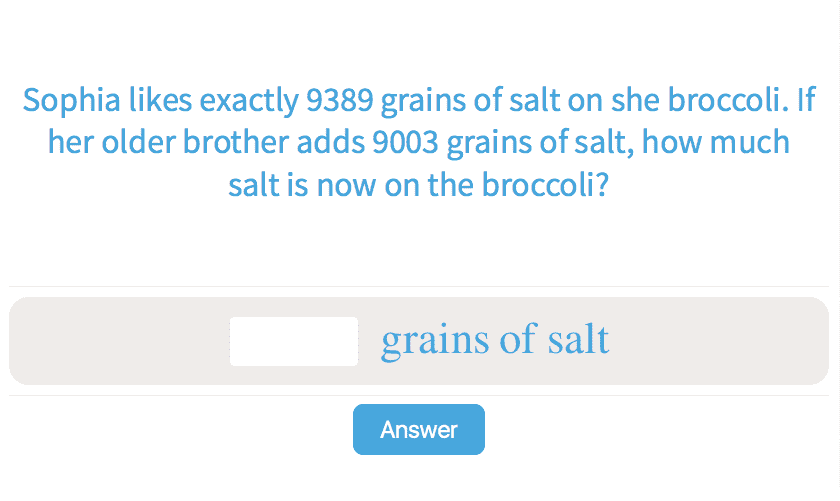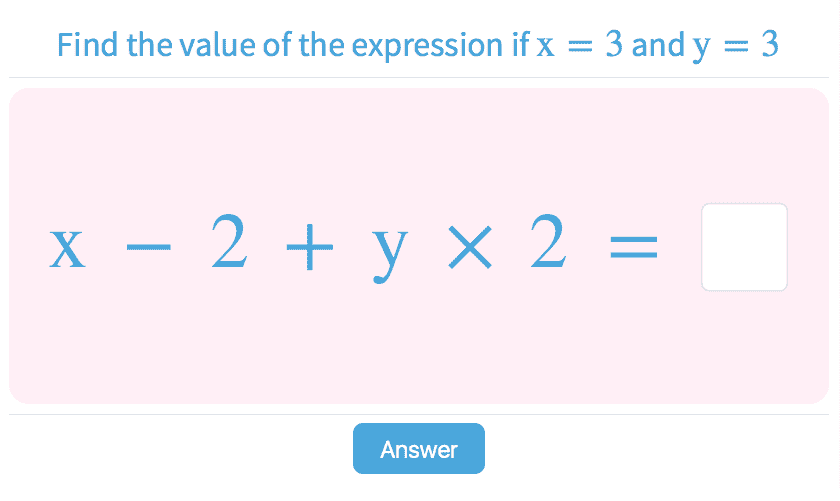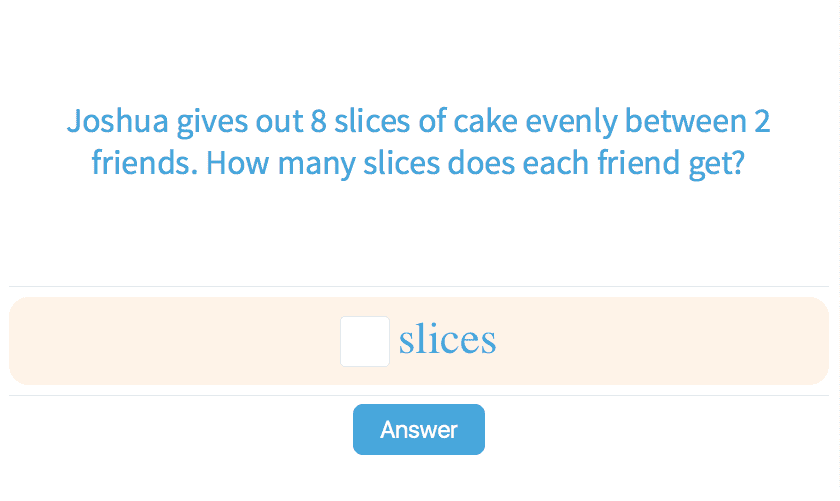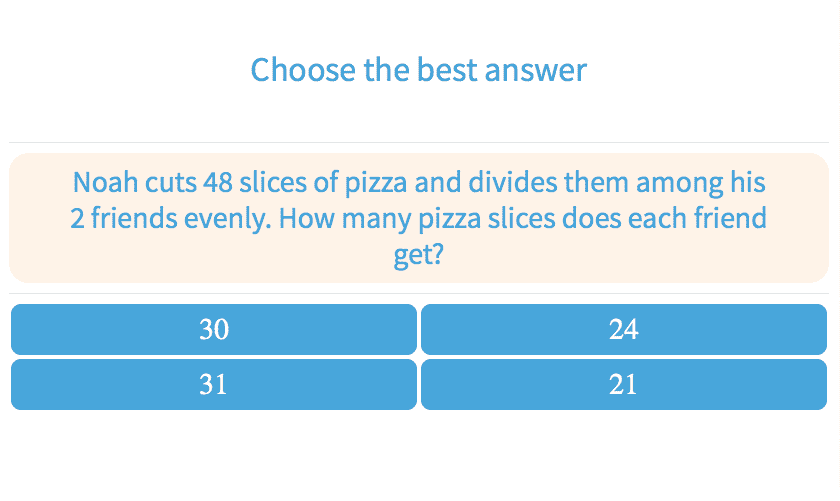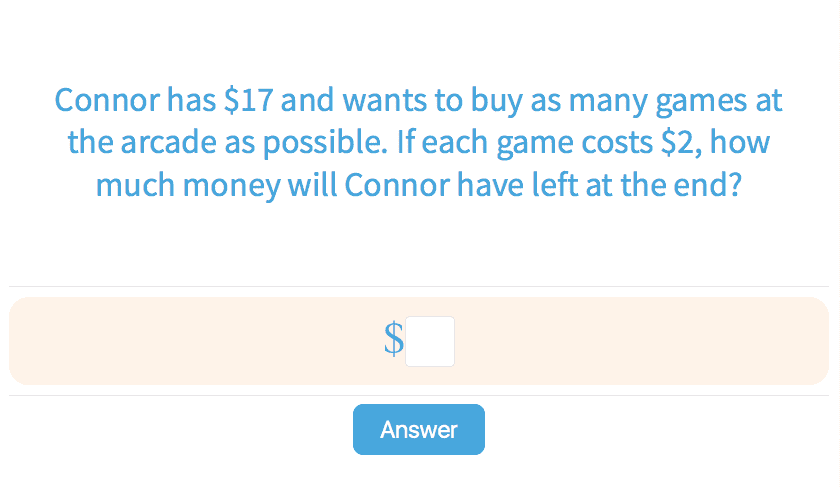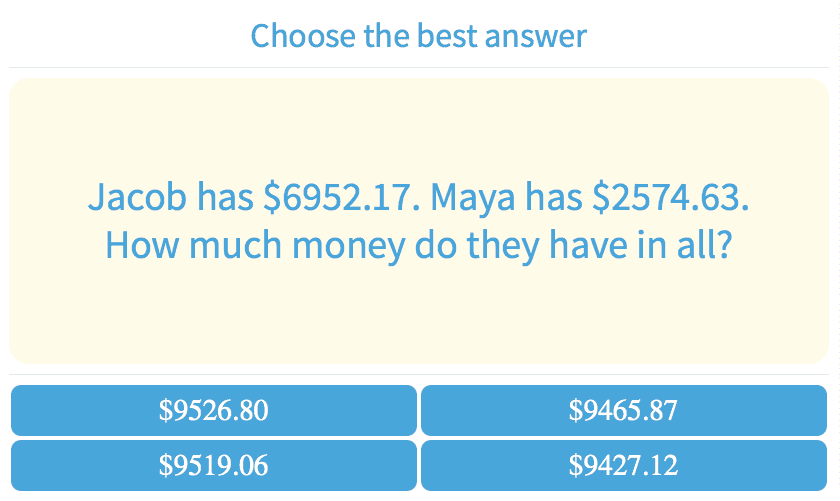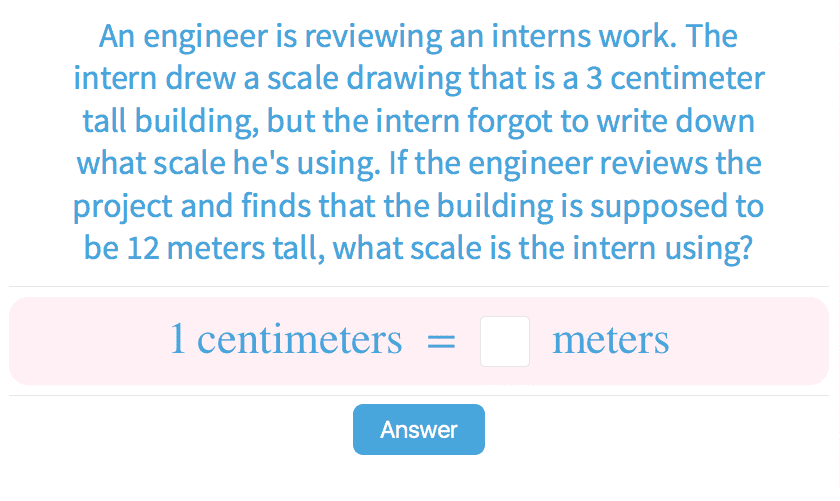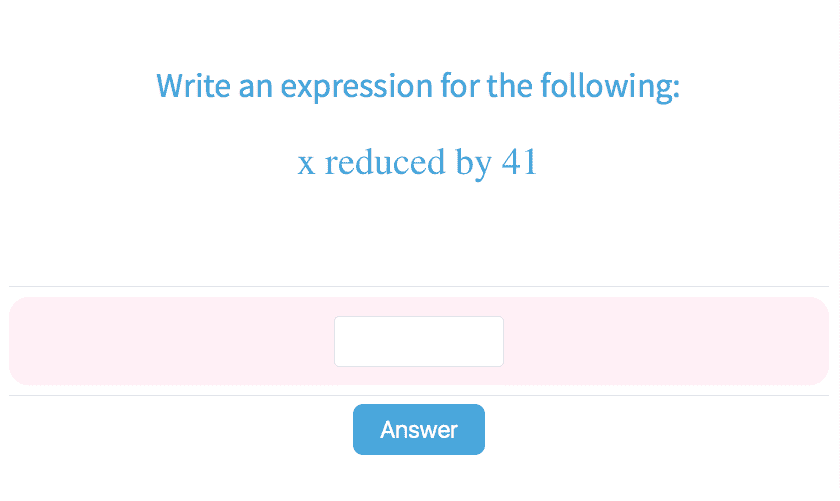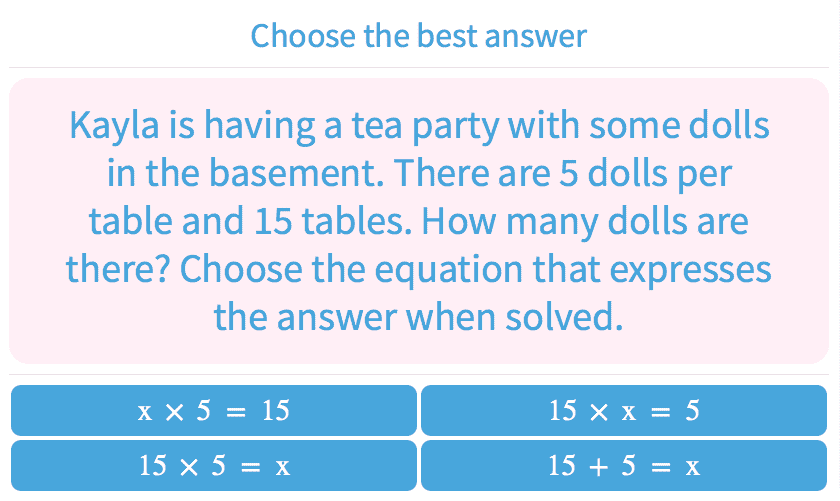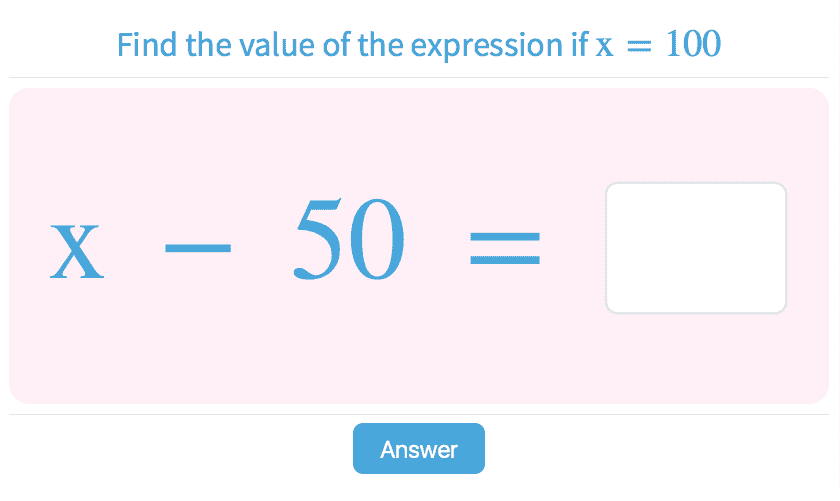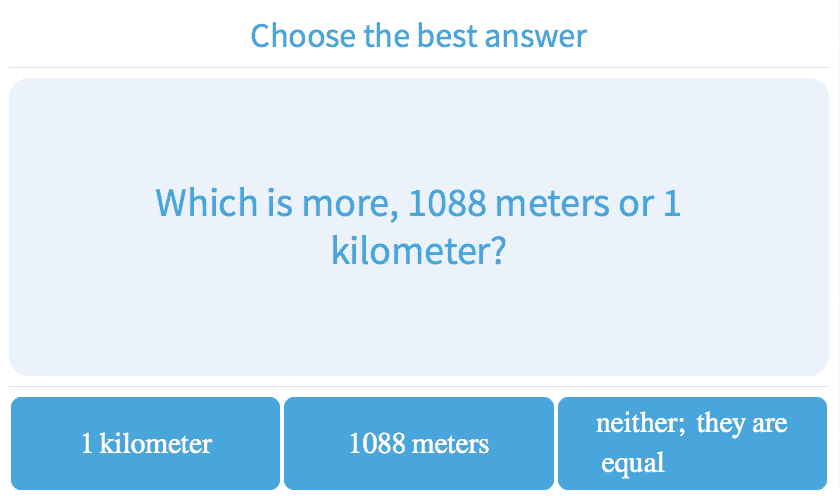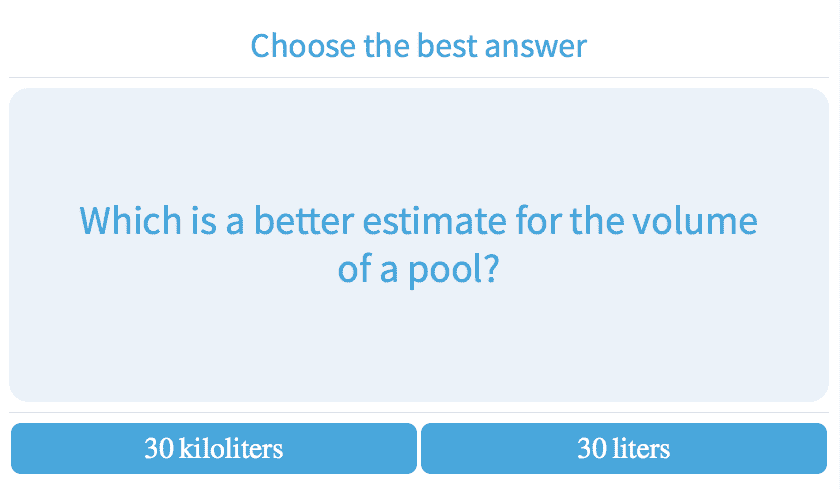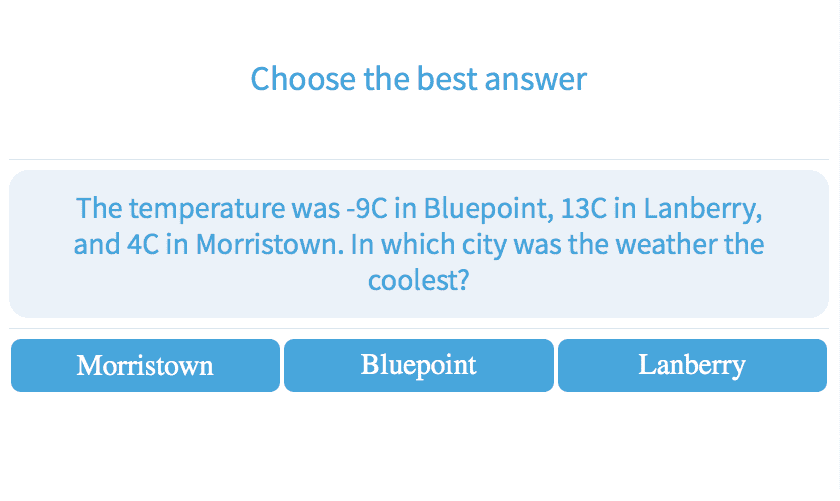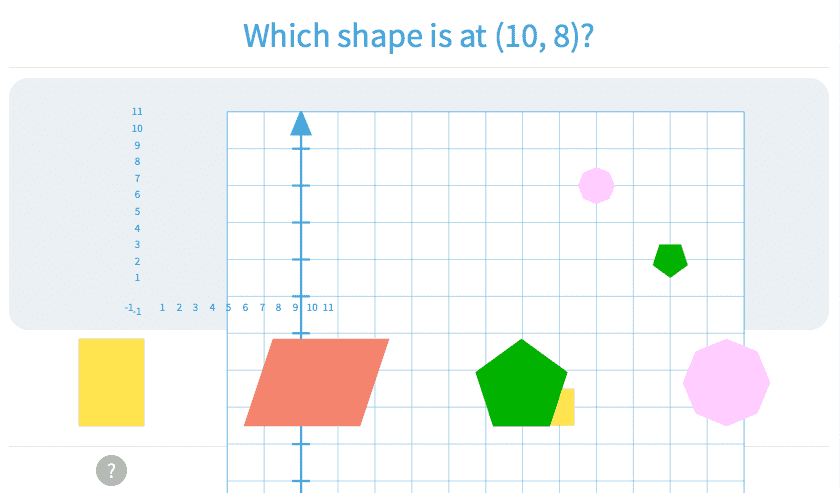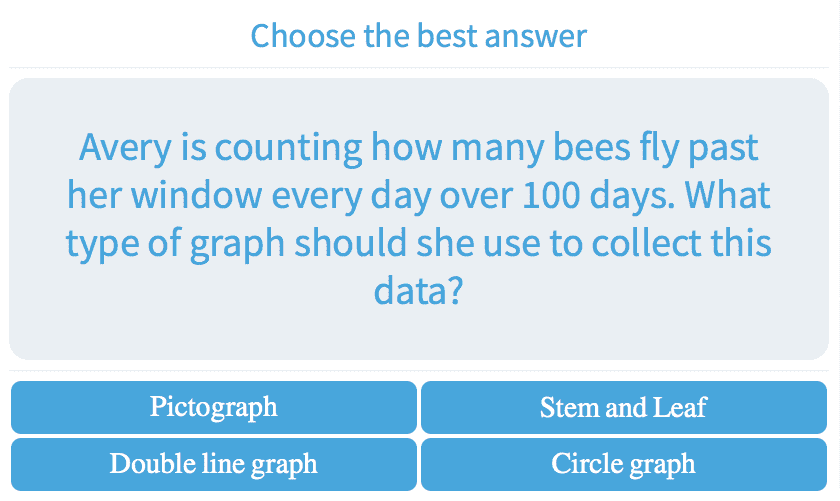-
5Grade 5 Worksheets
-
Multiplication
-
5.4Multiply Two Numbers Up to 500
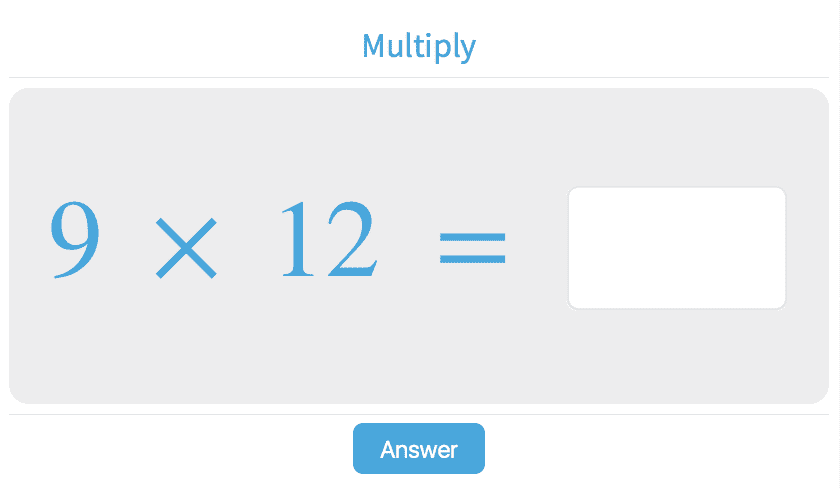
-
5.5Multiply Two Numbers Up to 100
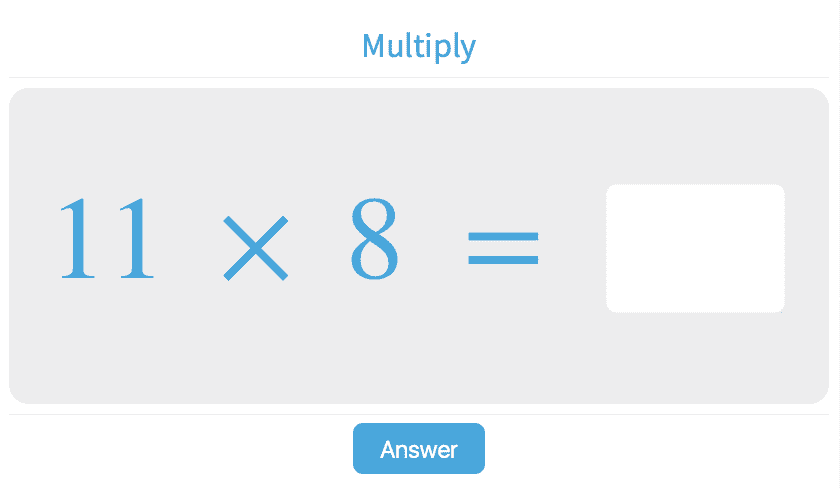
-
5.6Multiplication
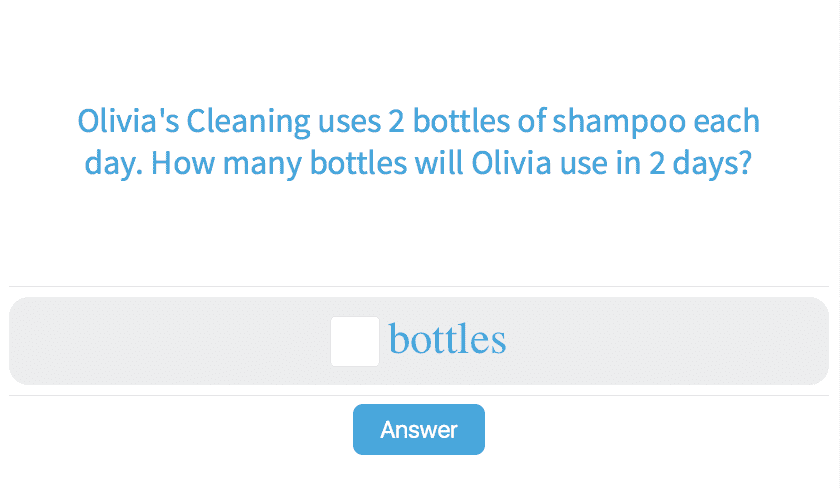
-
5.9Multiply Numbers Up to 1000 Ending in Zeros
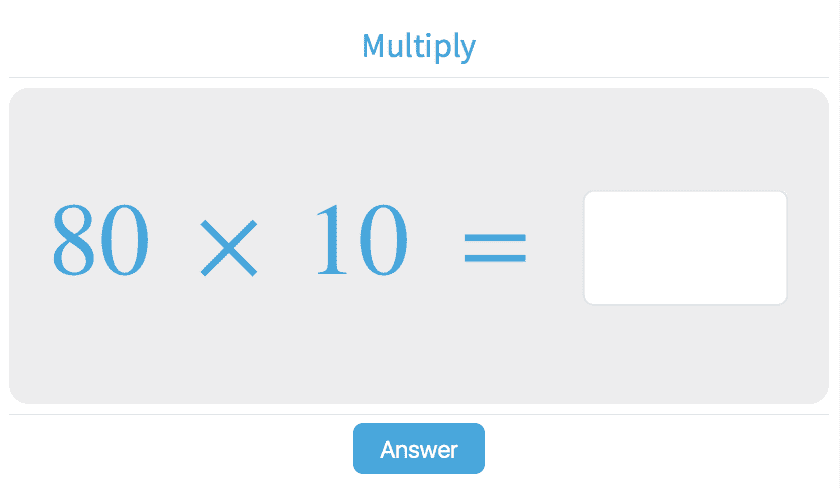
-
5.10Multiplication Up to 1000
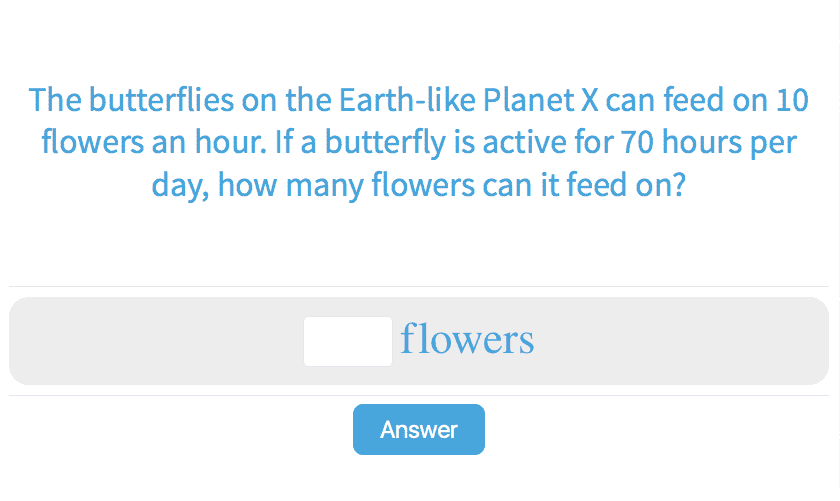
-
5.11Multiplication with Operands Up to 100 III
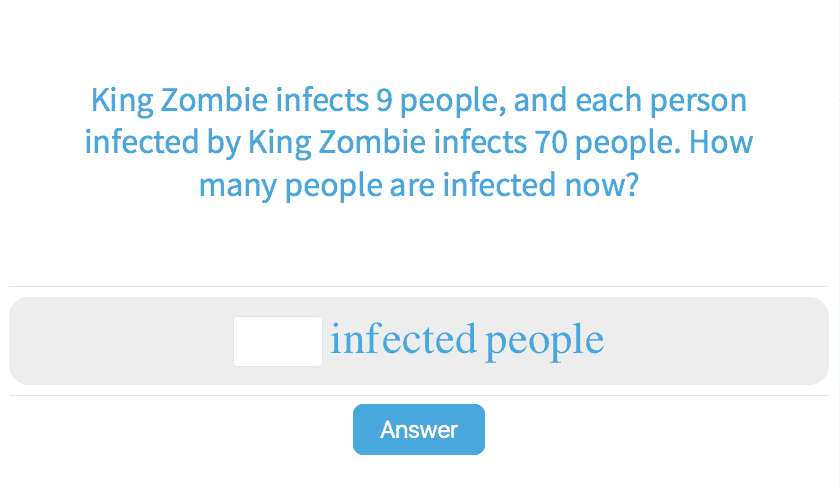
-
5.38Multiply 3, 4 Numbers Up to 100
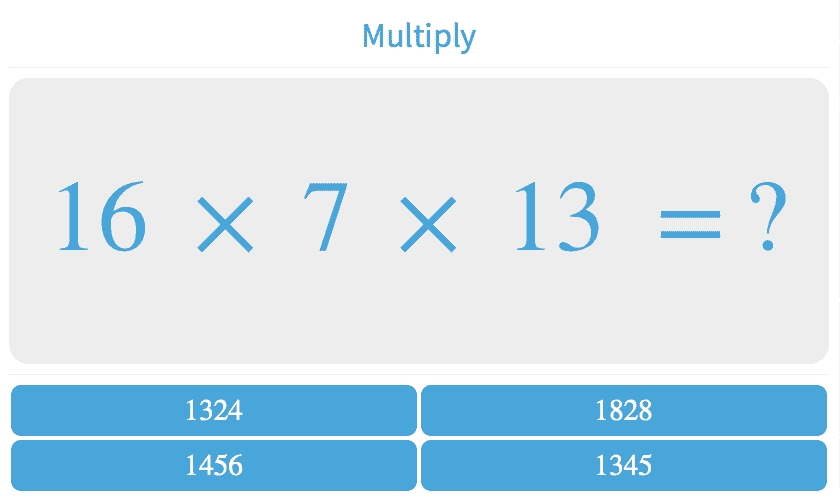
-
5.42Relate Multiplication and Division with Factors Up to 12
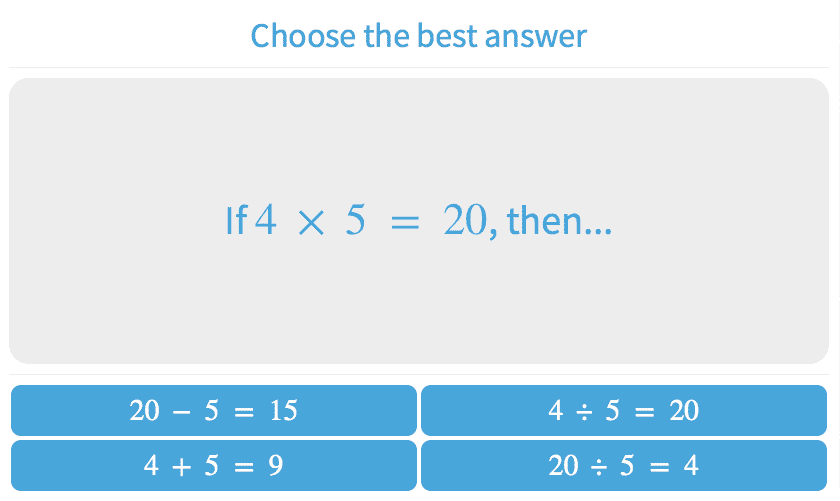
-
5.47Factors of Multiplication
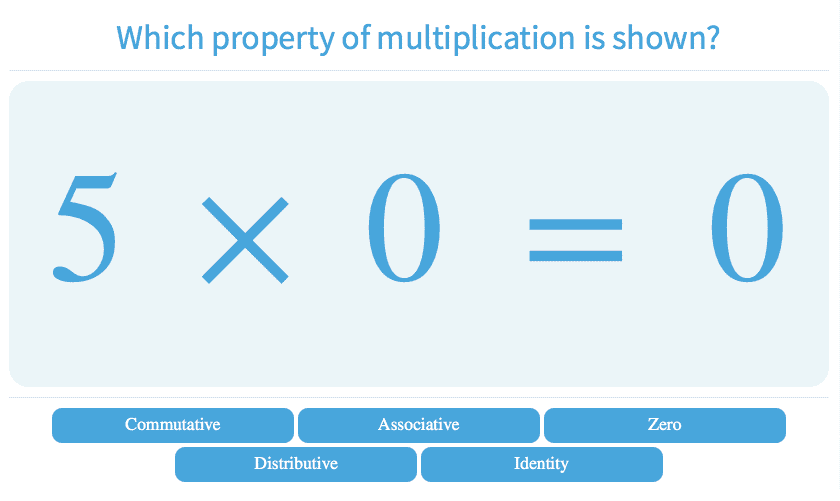
-
5.48Choose Properties of Multiplication
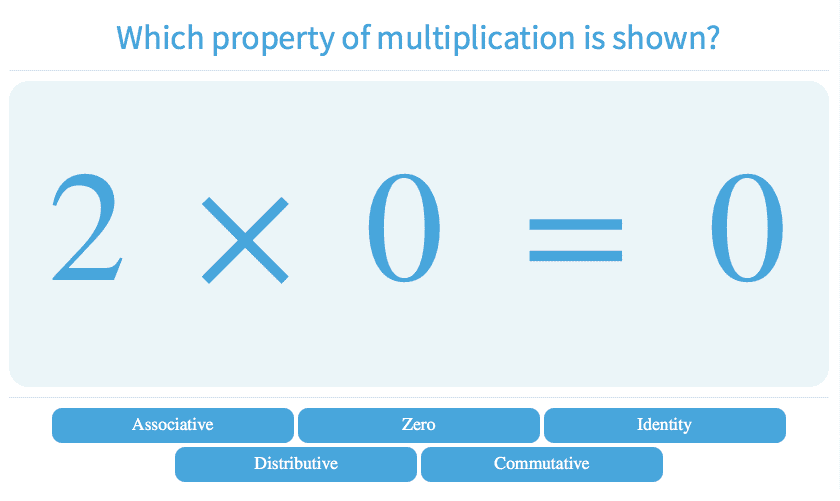
-
5.49Properties of Multiplication with Factors Up to 12

-
5.74Multiply Fractions by Whole Numbers
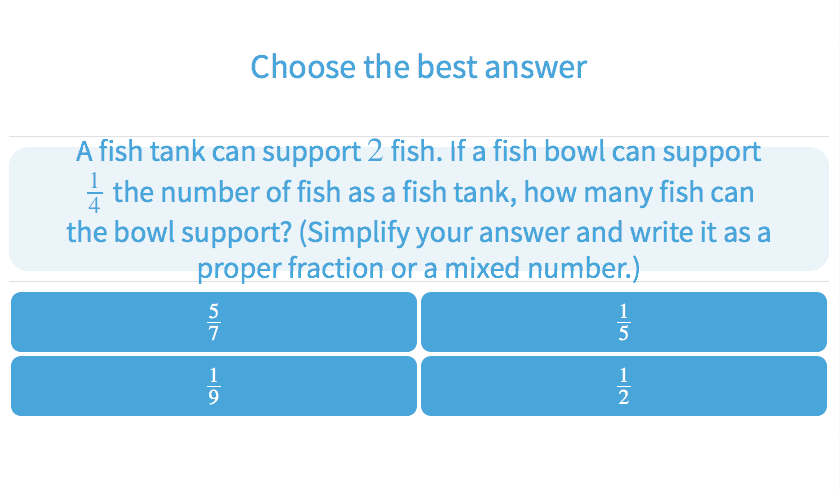
-
- Counting
- Number Patterns
-
Number Properties
-
5.13Compare Numbers Up to 10000000
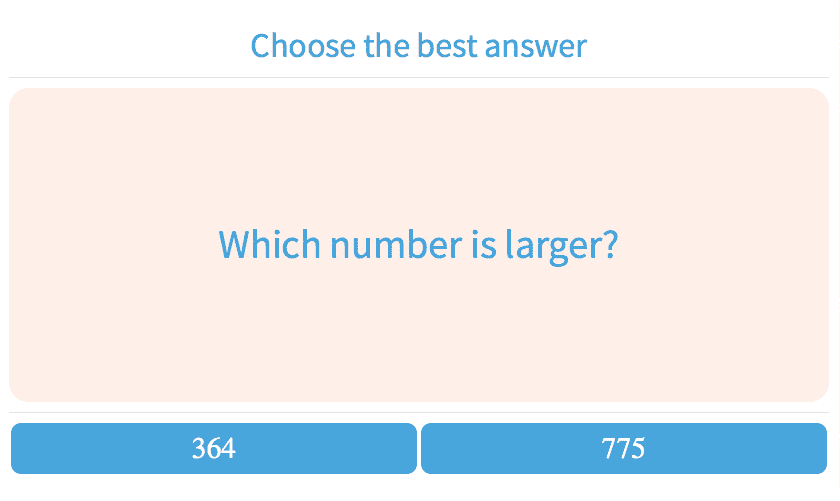
-
5.16Even or Odd I

-
5.29Estimate Quotients
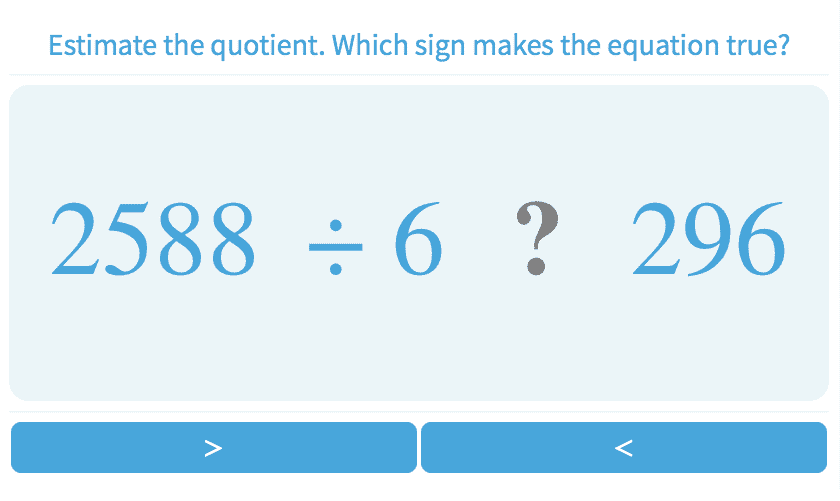
-
5.32Convert Numbers with Tens, Hundreds, Thousands
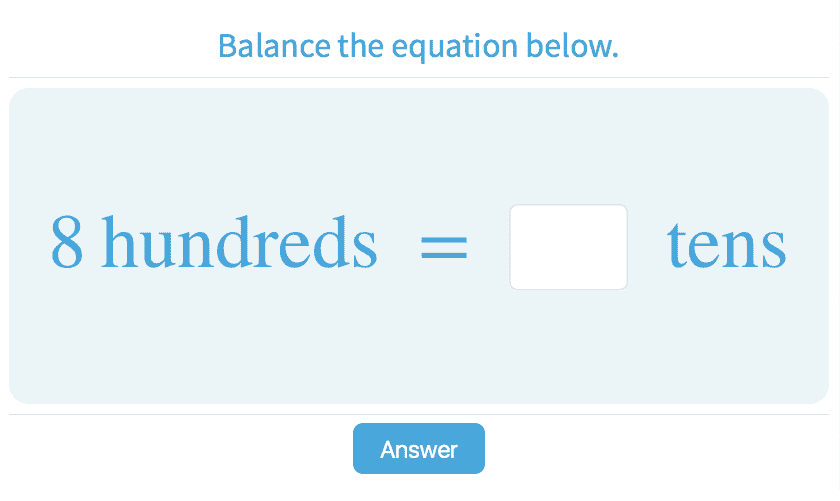
-
5.43Divisibility Rules with Numbers Up to 10,000

-
5.44Divisibility Rules with Dividend Up to 10,000,000

-
5.45Divisibility Rules

-
5.46Properties of Addition
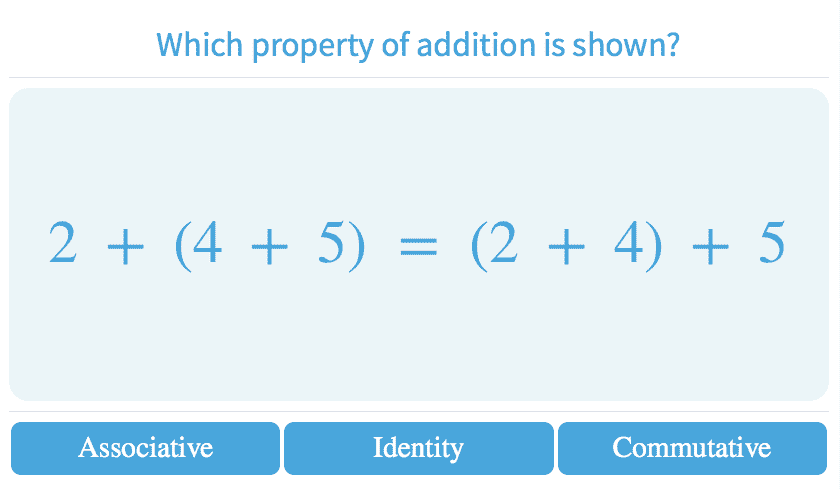
-
5.47Factors of Multiplication

-
5.48Choose Properties of Multiplication

-
5.49Properties of Multiplication with Factors Up to 12

-
5.80Choose the Equivalent Fraction Up to Twentieths
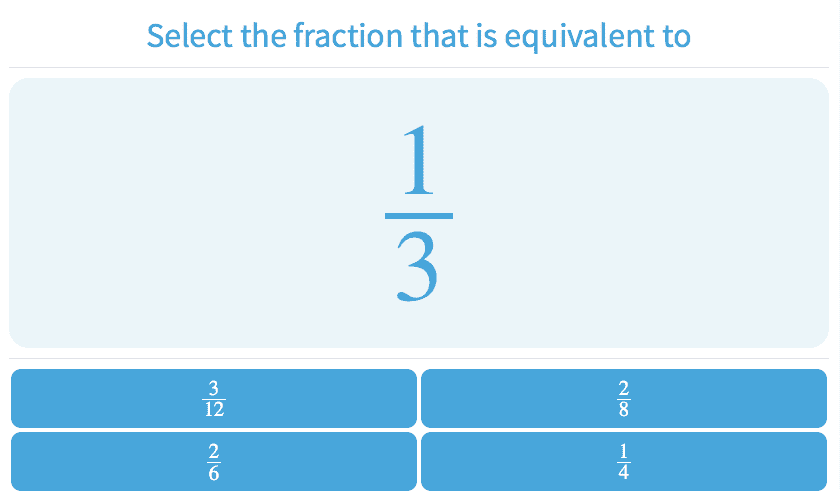
-
5.81Choose the Equivalent Fraction
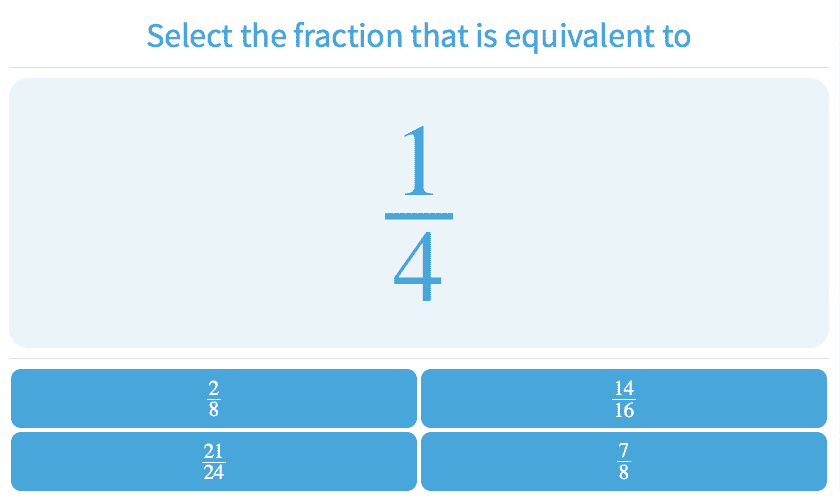
-
-
Estimation
-
5.18Rounding with Numbers Up to 5000
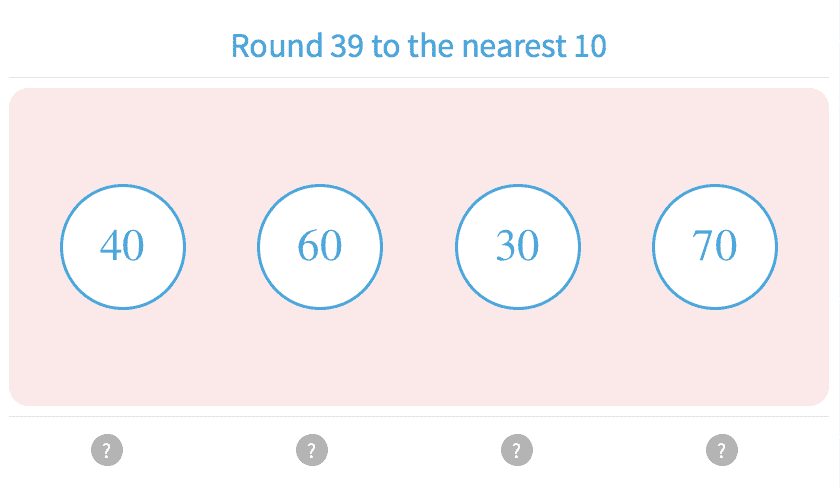
-
5.19Rounding with Numbers Up to 100,000

-
5.24Estimate Differences
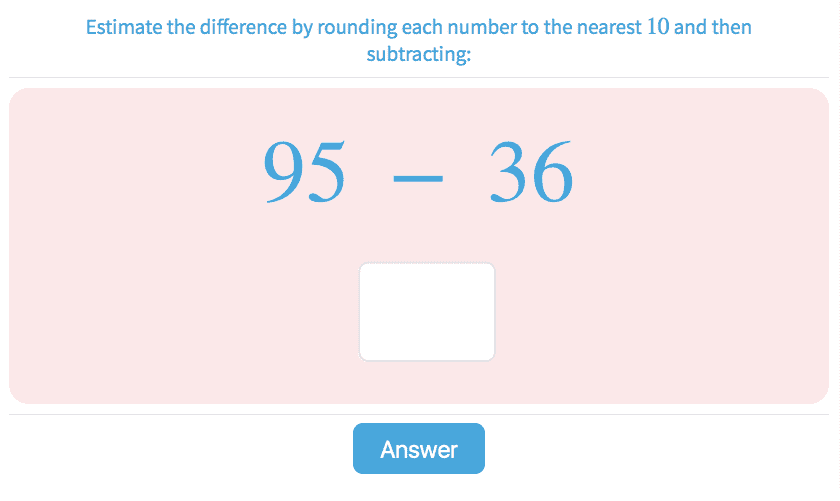
-
5.25Estimate Sums with Numbers Up to 100,000
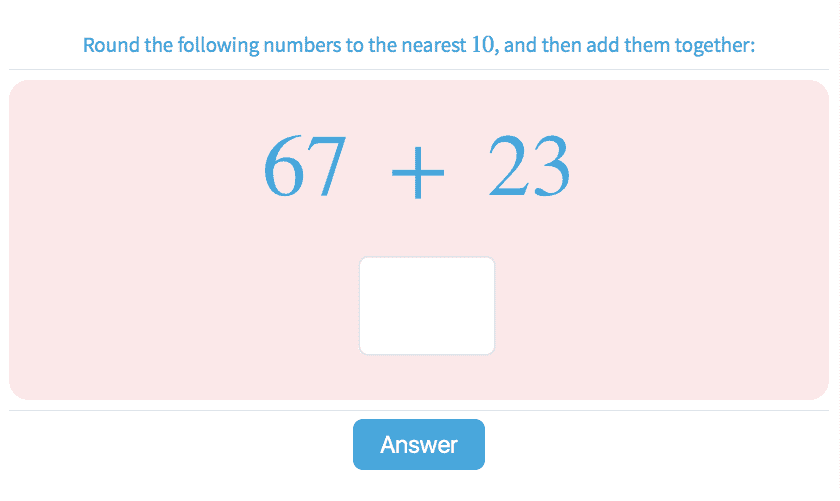
-
5.26Estimate Differences
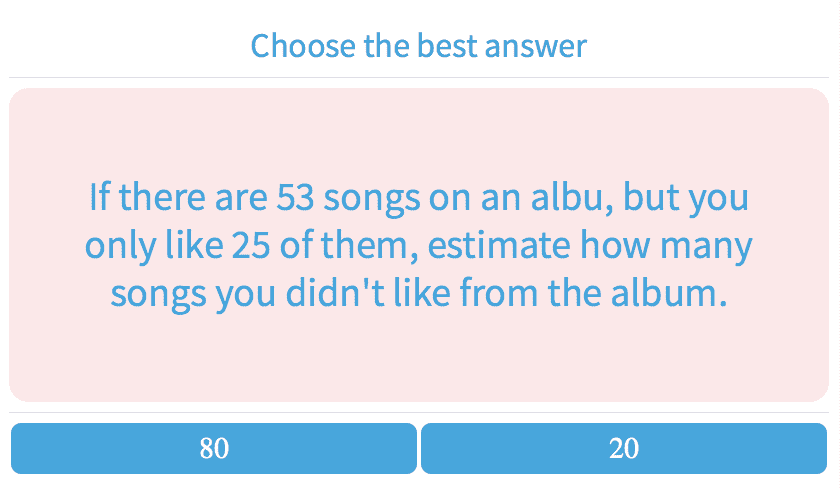
-
5.27Estimate Sums
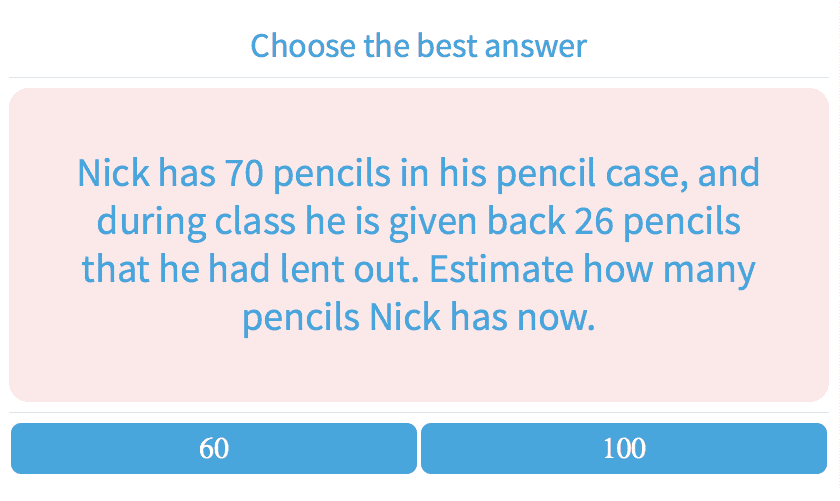
-
5.28Estimate Products Up to 1000
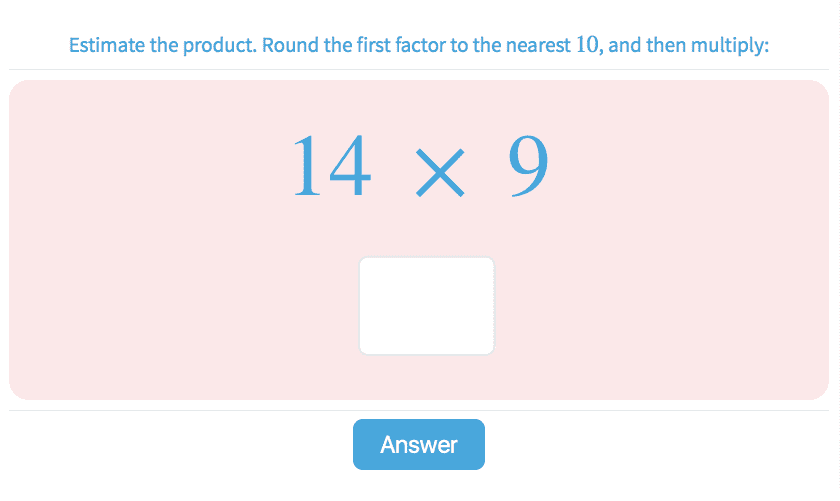
-
5.29Estimate Quotients

-
5.30Estimate Quotients Up to 1000
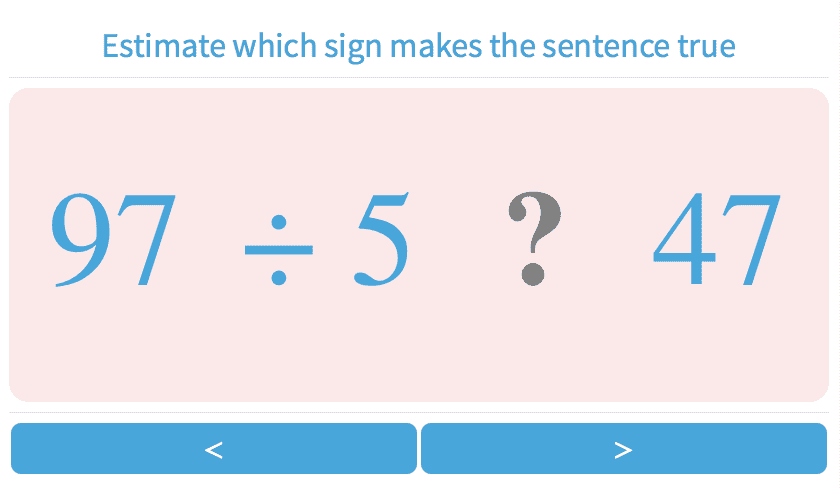
-
5.31Estimate Quotients Up to 10,000
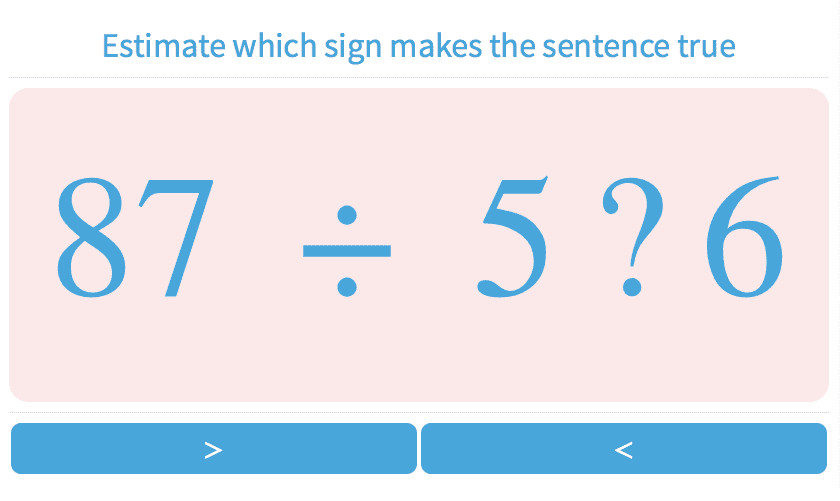
-
- Addition
- Subtraction
- Mixed Equations
- Division
- Money
- Algebra
- Measurement
-
Ratios
-
5.55Describe Pictures as Ratios
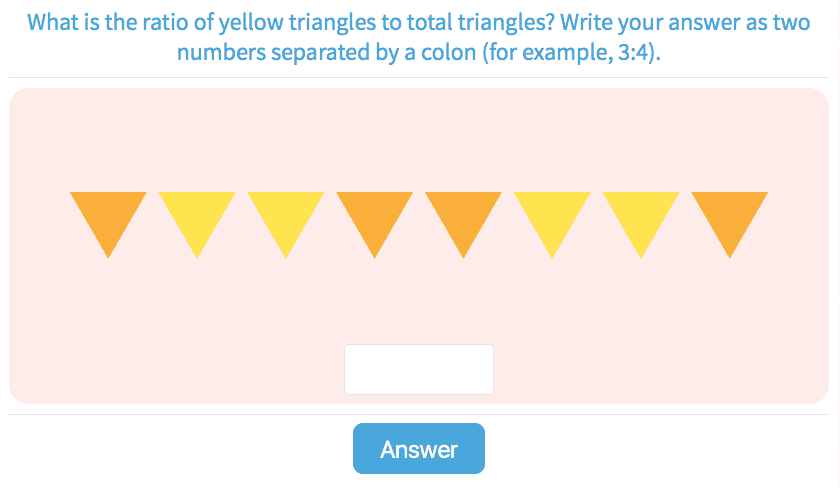
-
5.56Ratios
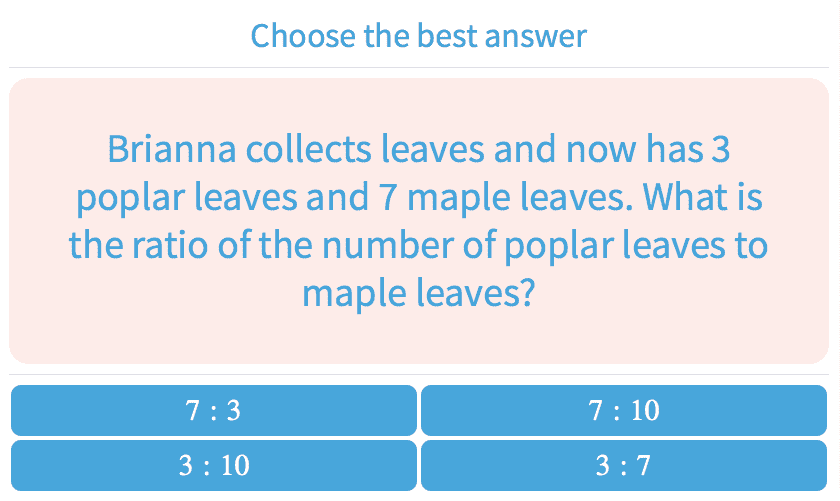
-
5.57Equivalent Ratios
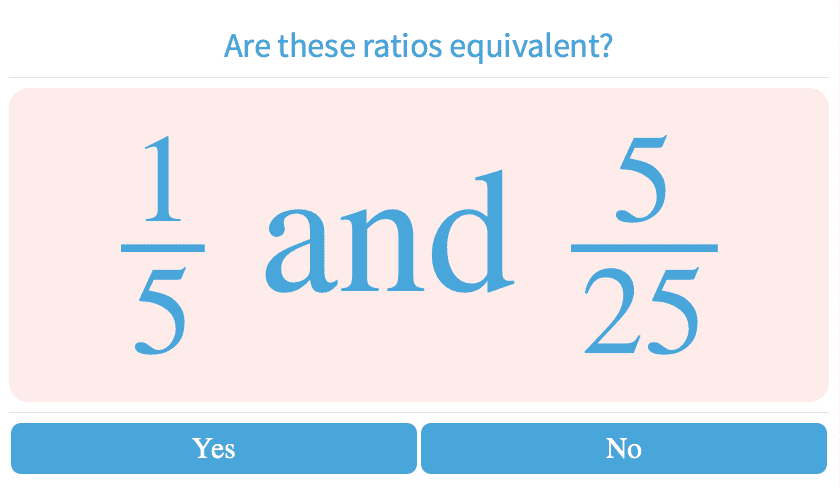
-
5.58Equivalent Ratios

-
5.59Ratio Tables
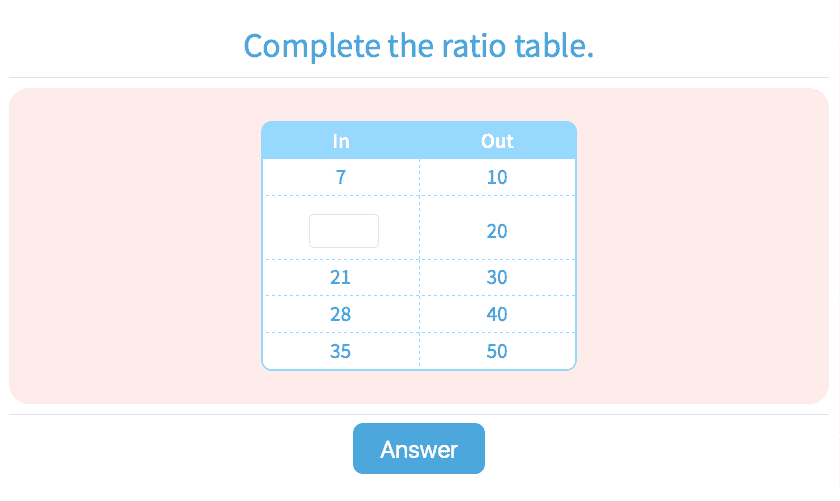
-
5.60Unit Rates and Equivalent Rates
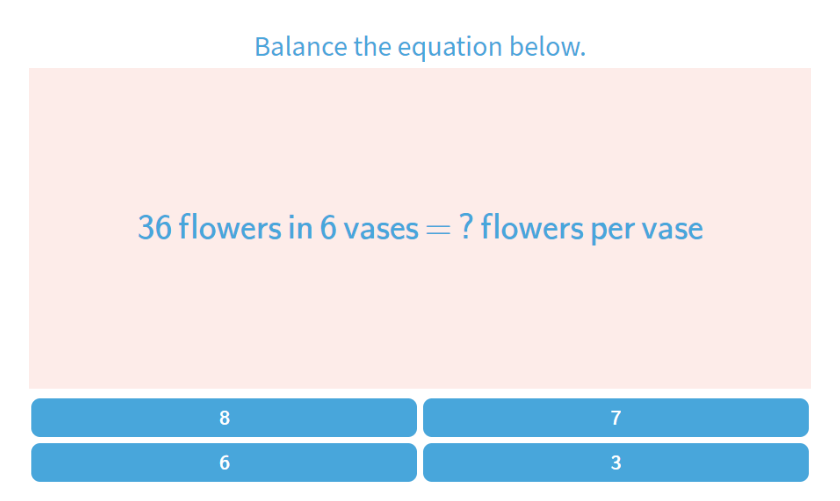
-
-
Fractions
-
5.65Patterns of Equivalent Fractions

-
5.67Add and Subtract Fractions
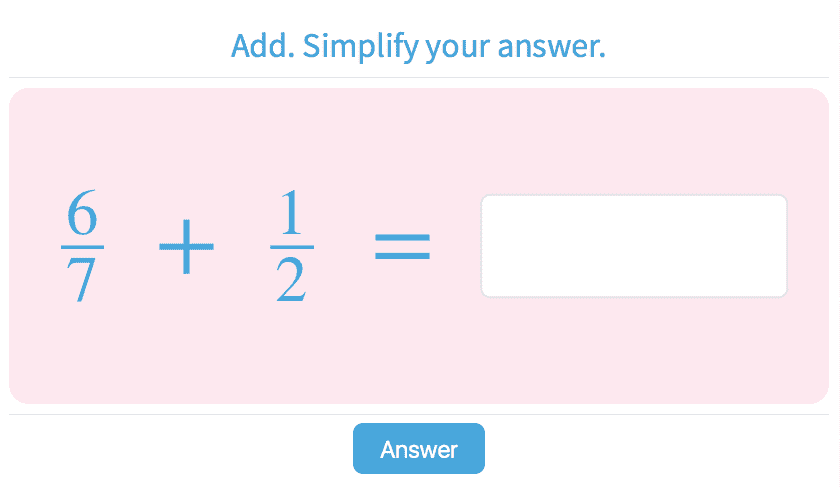
-
5.68Add, Subtract Fractions with Like Denominators
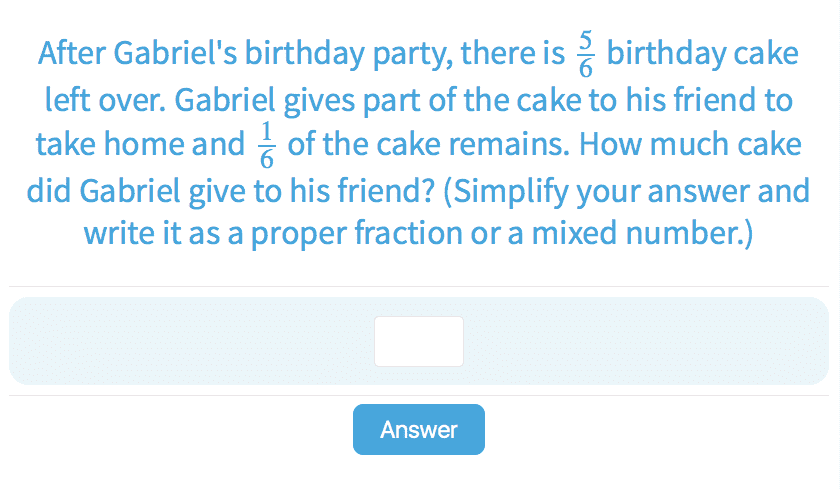
-
5.69Subtract Fractions

-
5.70Add Fractions

-
5.71Add Two Mixed Fractions

-
5.72Subtract Two Mixed Fractions

-
5.73Add and Subtract Mixed Numbers
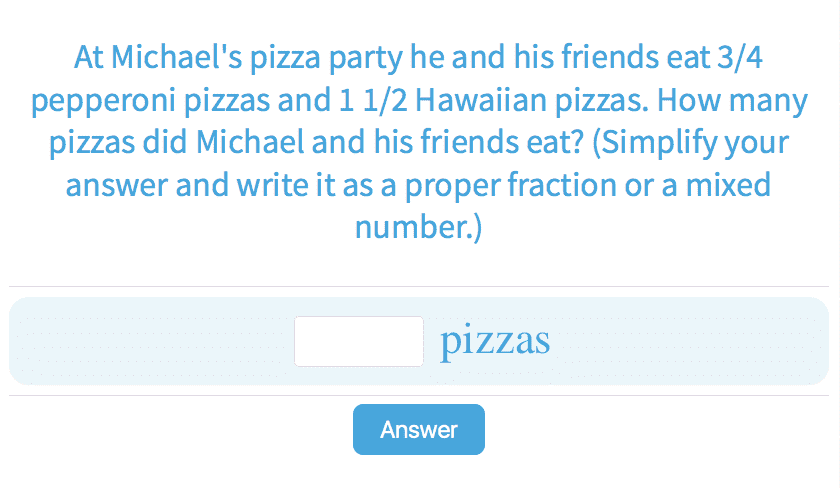
-
5.74Multiply Fractions by Whole Numbers

-
5.75Reducing Fractions to Lowest Terms
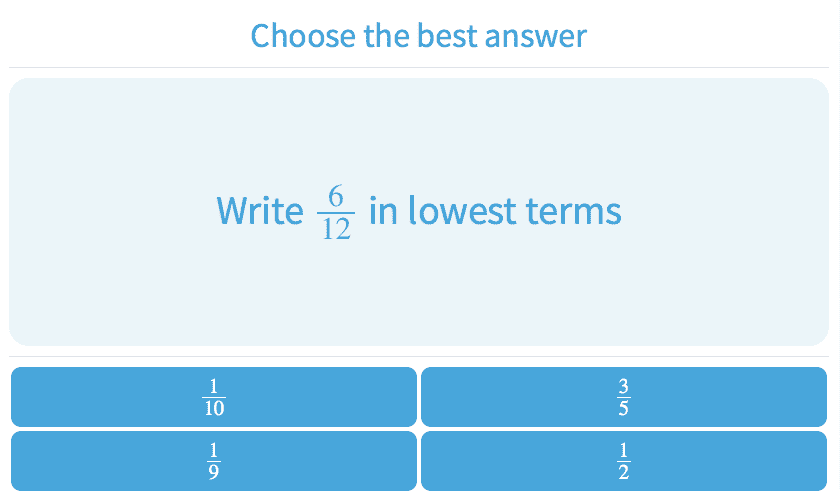
-
5.76Reduce to Lowest Terms
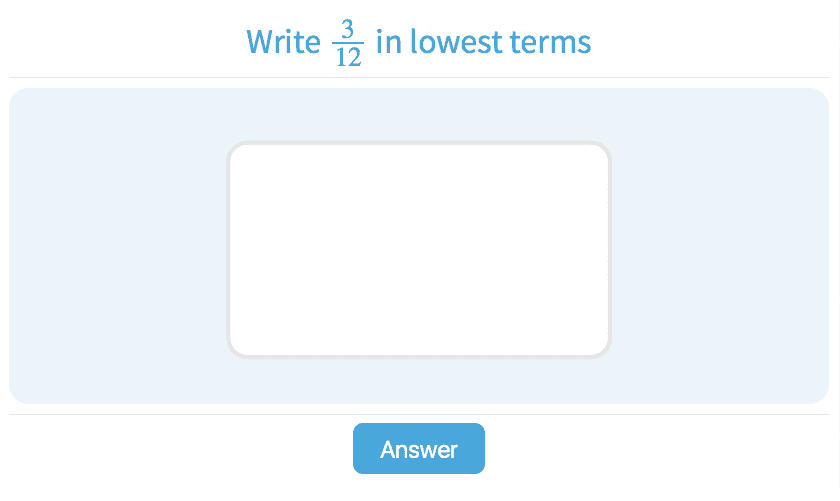
-
5.77Convert Between Improper Fractions and Mixed Numbers
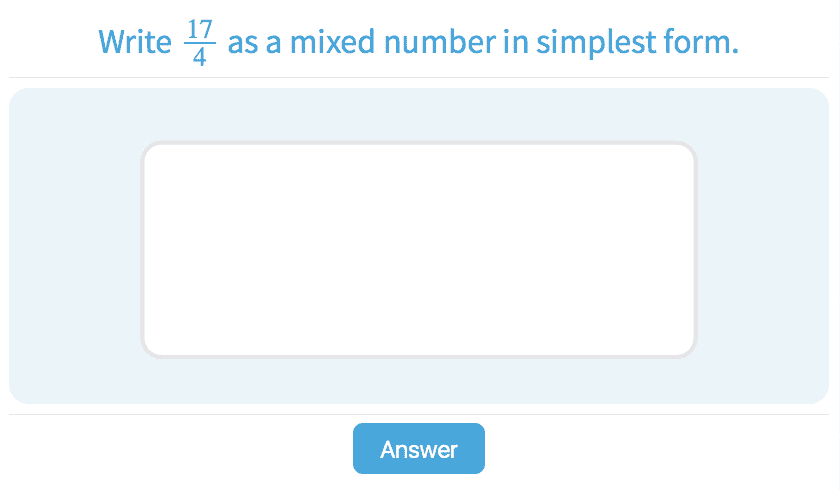
-
5.78Fractions Review
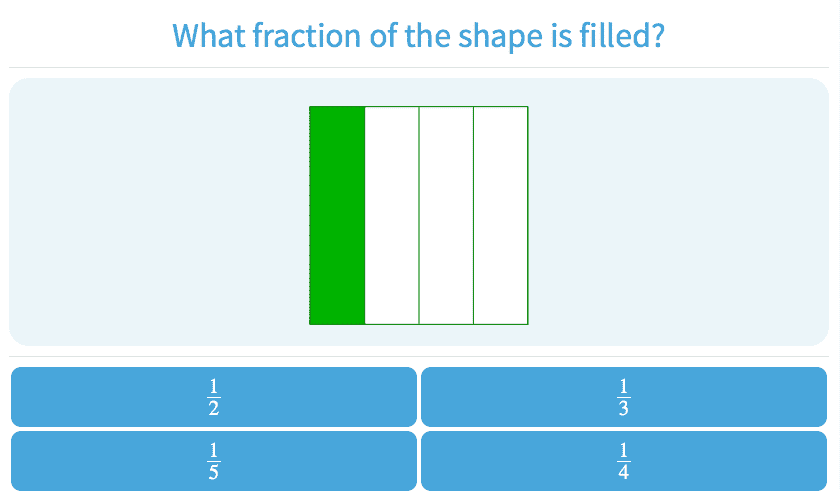
-
5.79Fraction
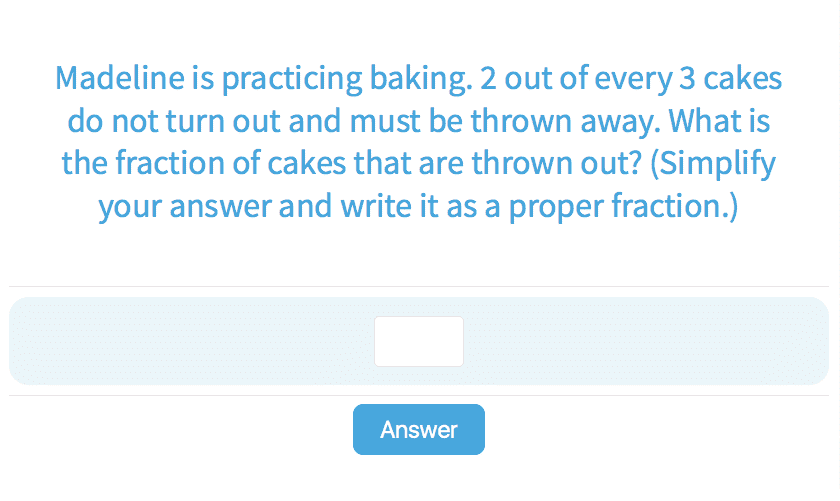
-
5.80Choose the Equivalent Fraction Up to Twentieths

-
5.81Choose the Equivalent Fraction

-
5.82Convert Fractions and Mixed Numbers to Decimals
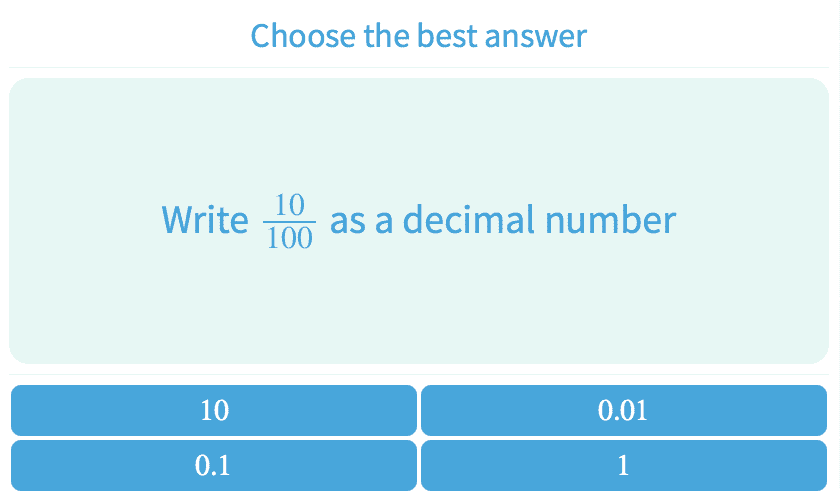
-
5.83Convert Decimals to Fractions and Mixed Numbers
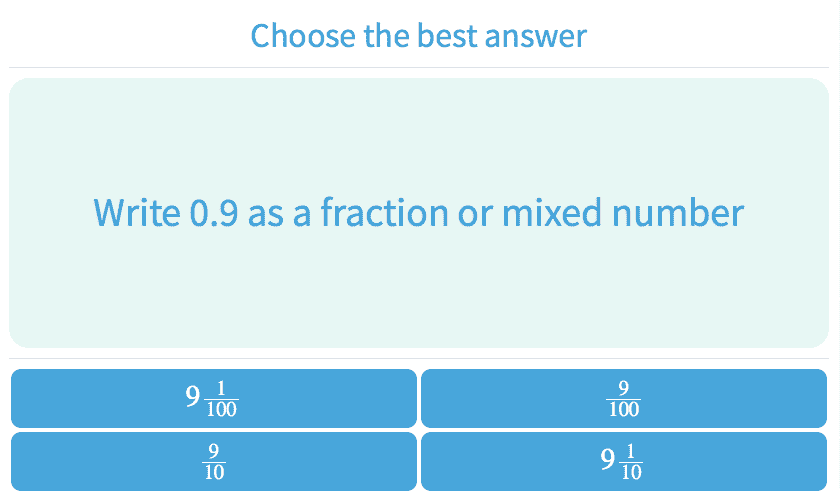
-
5.91Addition and Subtraction Equations with Fractions
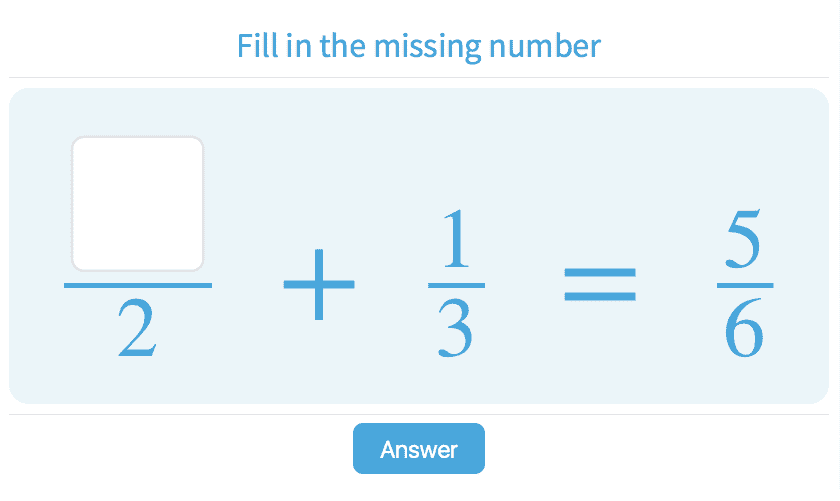
-
5.93Evaluate Variable Expressions with Decimals and Fractions
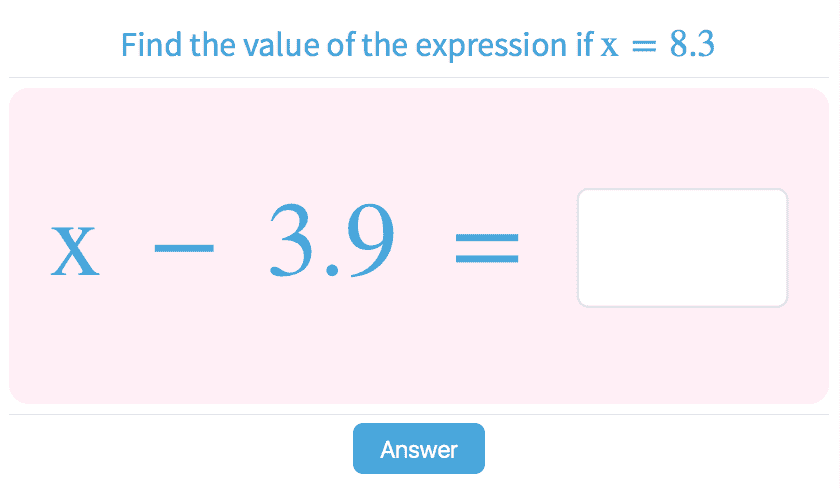
-
- Decimals
-
Geometry
-
5.95Regular and Irregular Polygons
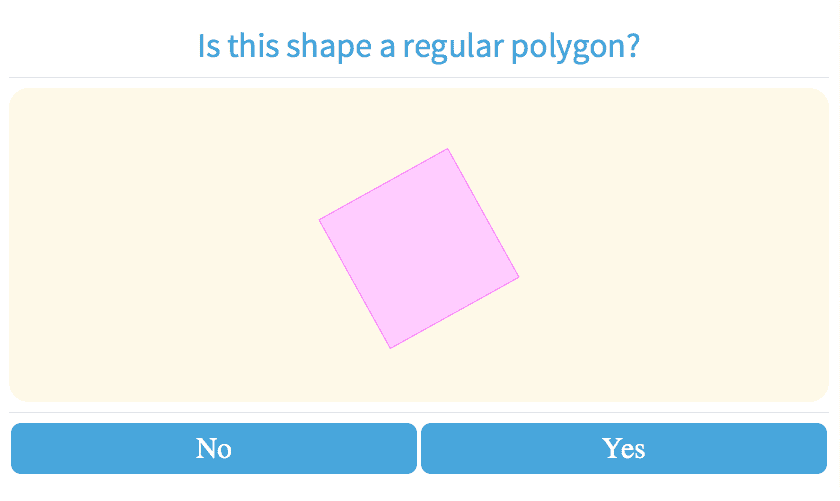
-
5.96Types of Triangles
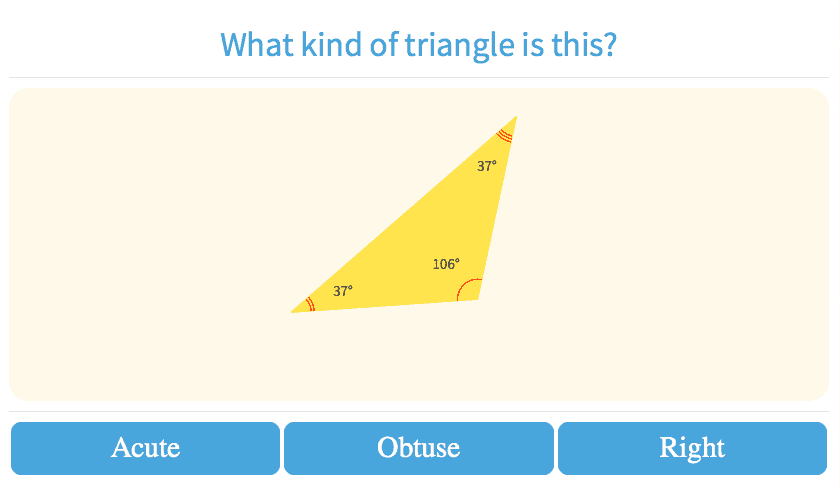
-
5.97Identify Planar and Solid Shapes
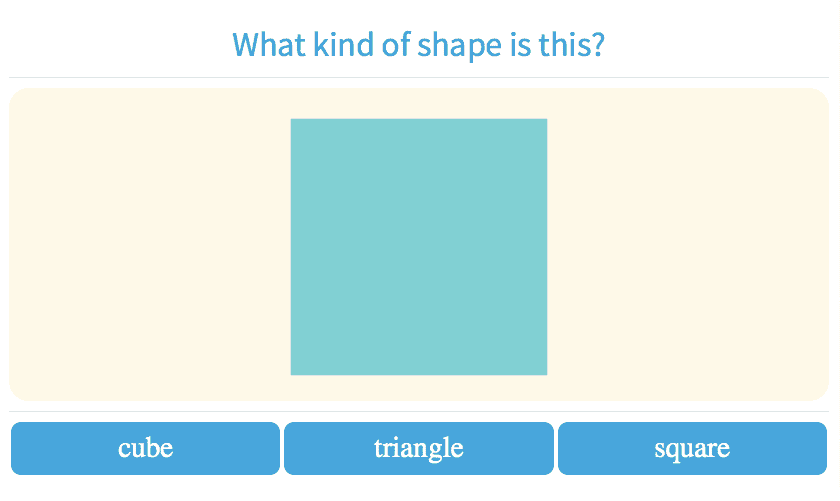
-
5.98Identify Simple and Complex Solid Shapes

-
5.99Classify Quadrilateral Shapes
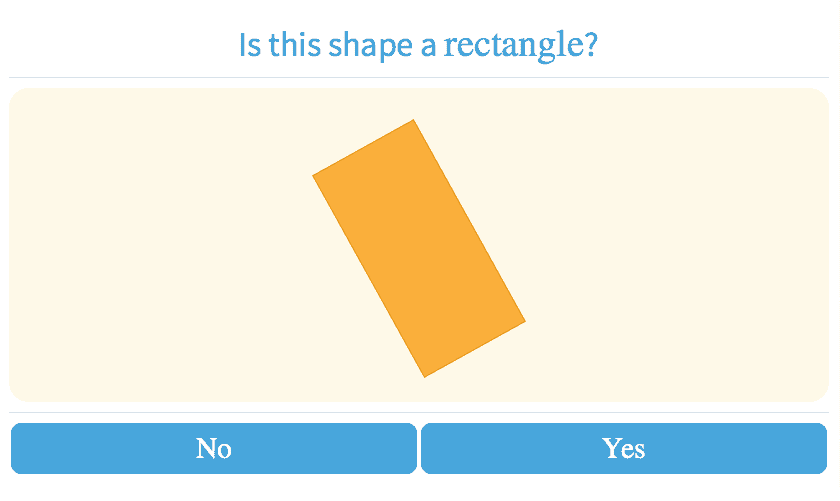
-
5.100Which Shape Is Described?
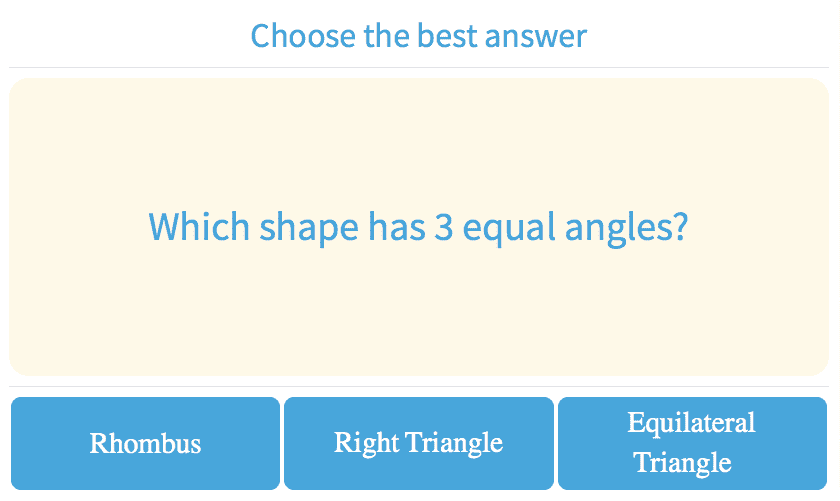
-
5.101Count Edges
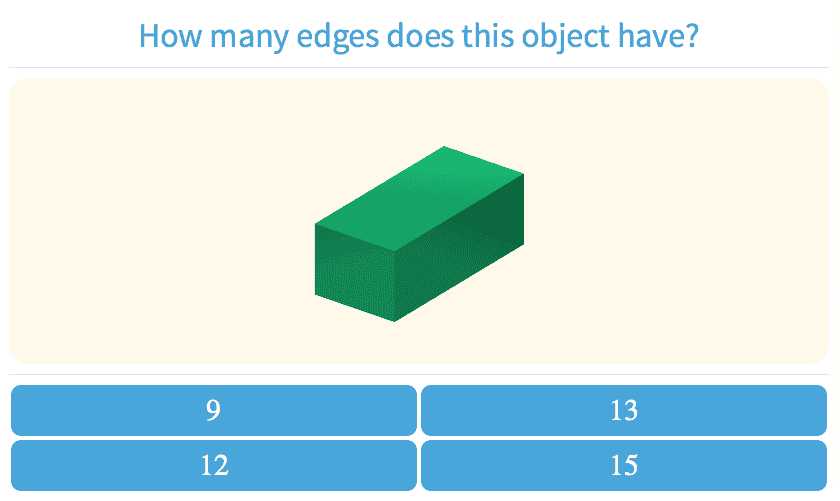
-
5.102Count Vertices
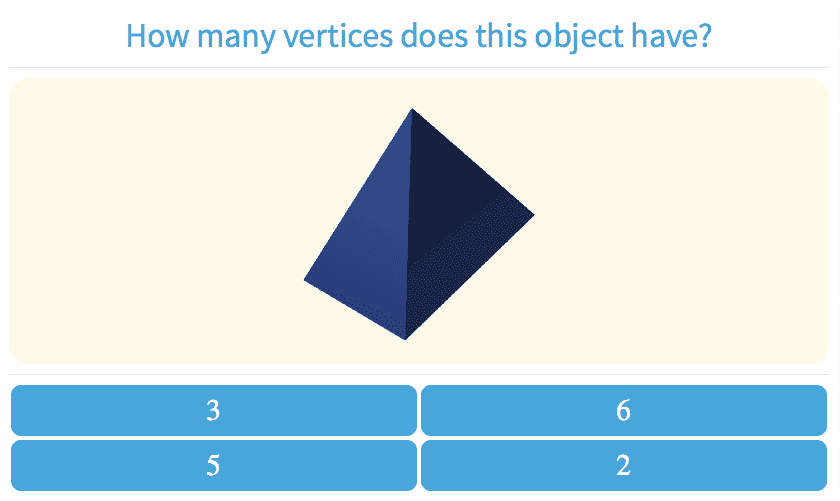
-
5.103Count Faces
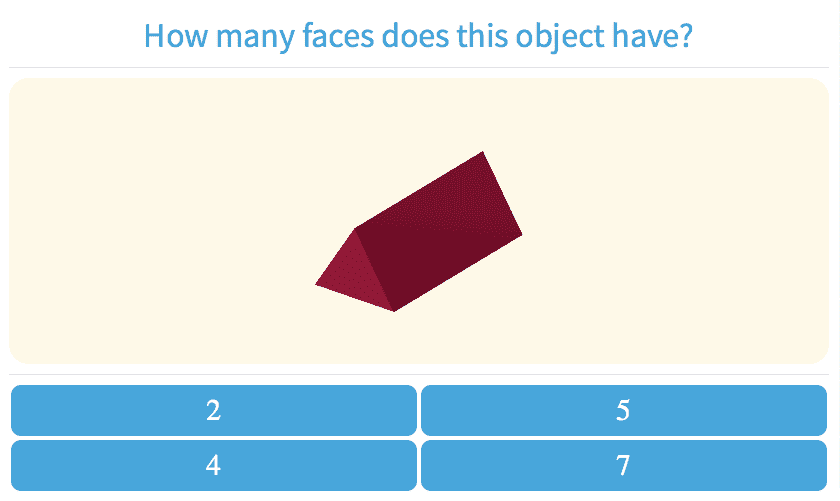
-
5.104Count Edges, Vertices and Faces
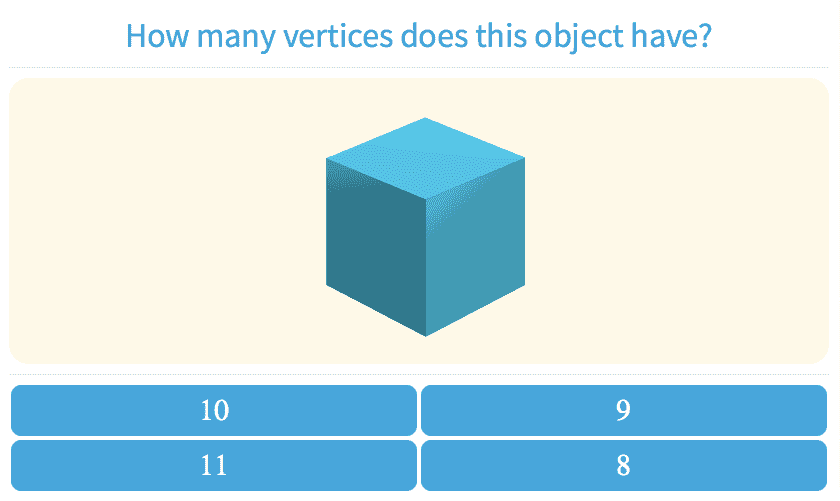
-
5.105Number of Sides in Polygons
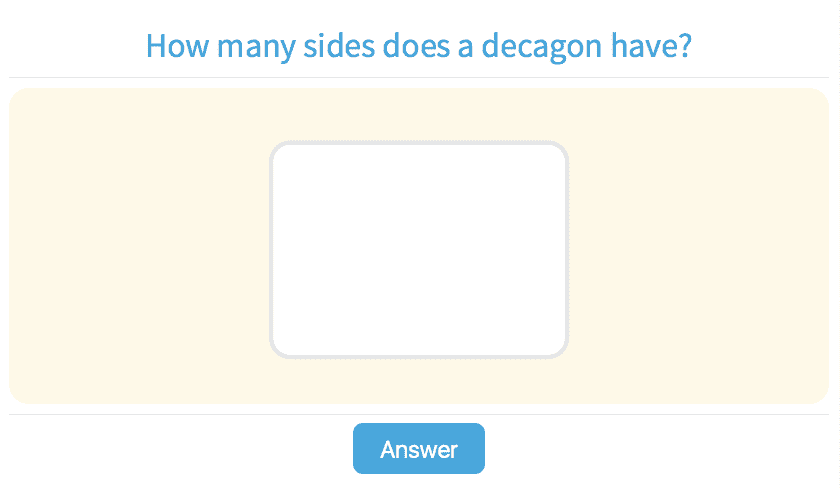
-
5.106Which 2 Dimensional Shape Is Described?

-
5.107Acute, Right, Obtuse, and Straight Angles
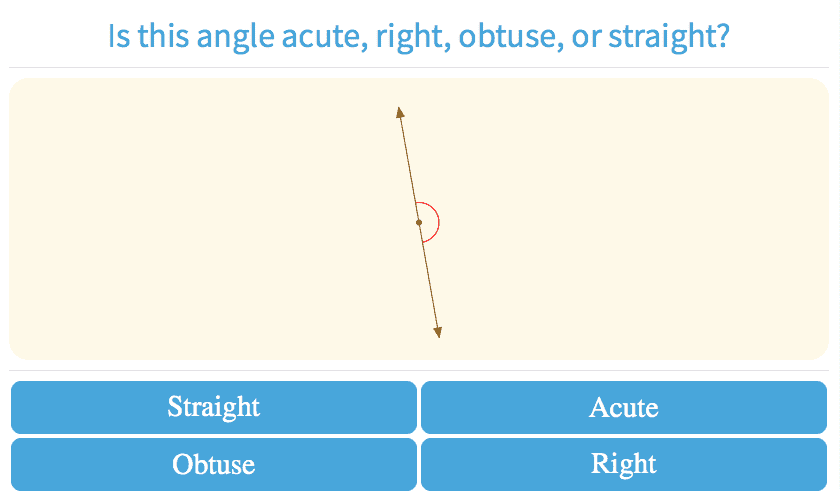
-
5.108Angles of 90, 180, 270 and 360 Degrees
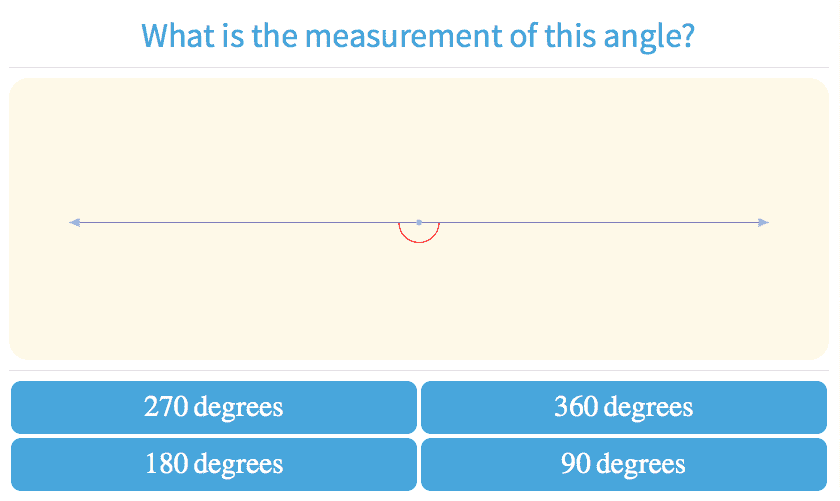
-
5.109Identify Angles
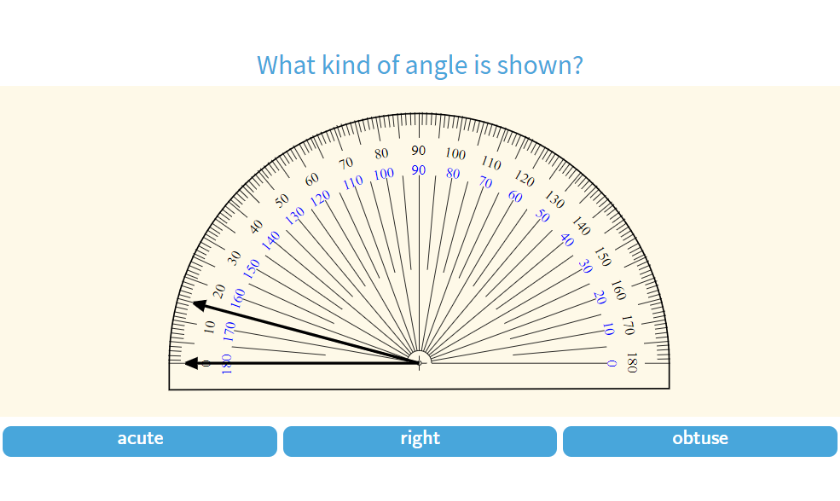
-
5.110Front, Side, and Top View
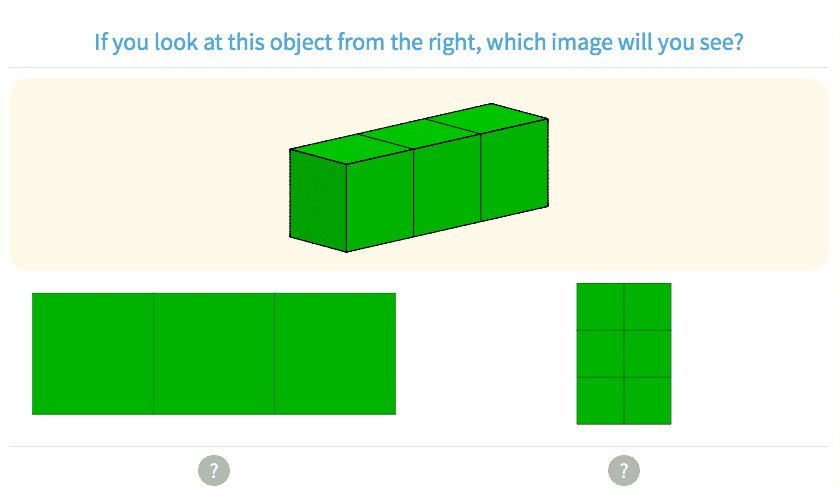
-
5.111Volume of Cubes and Rectangular Prisms
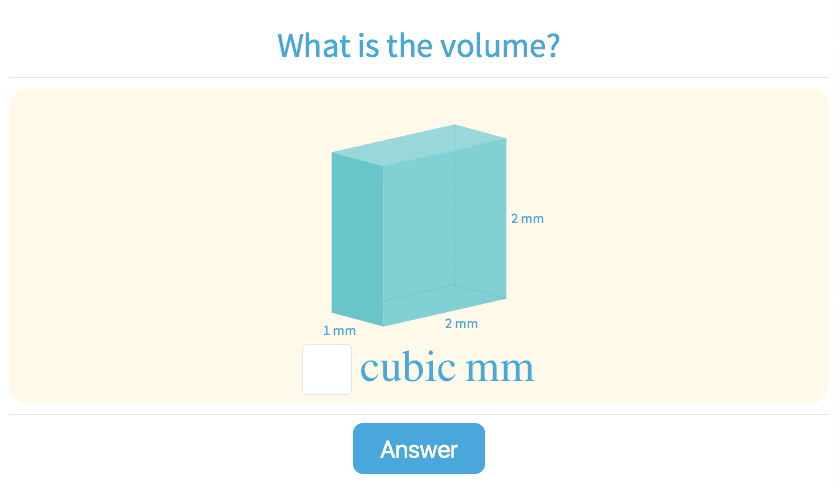
-
5.112Nets of 3-Dimensional Figures
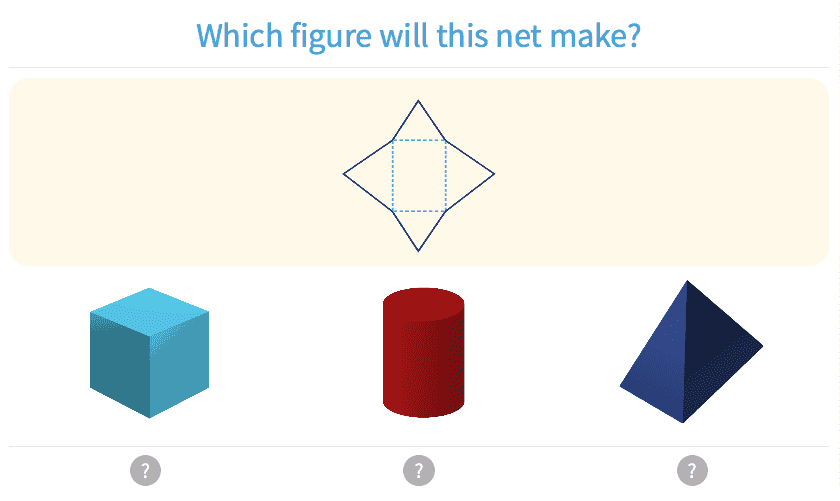
-
5.113Symmetry
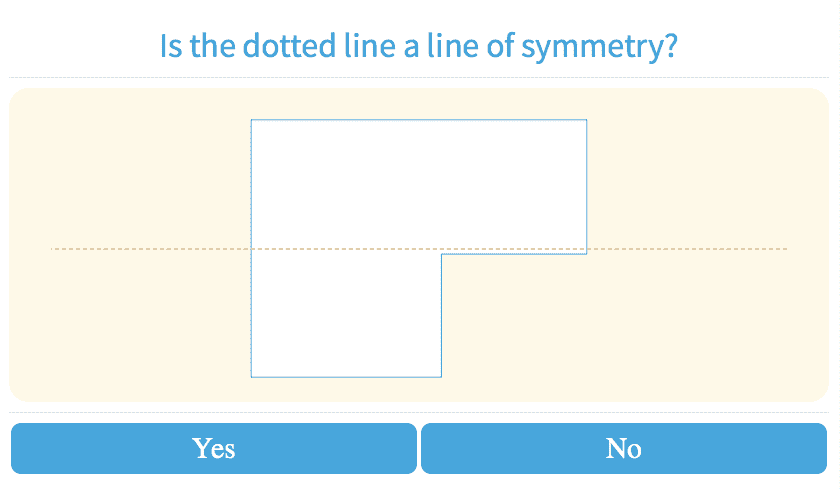
-
5.114Symmetry

-
5.128Perimeter with Unit Squares
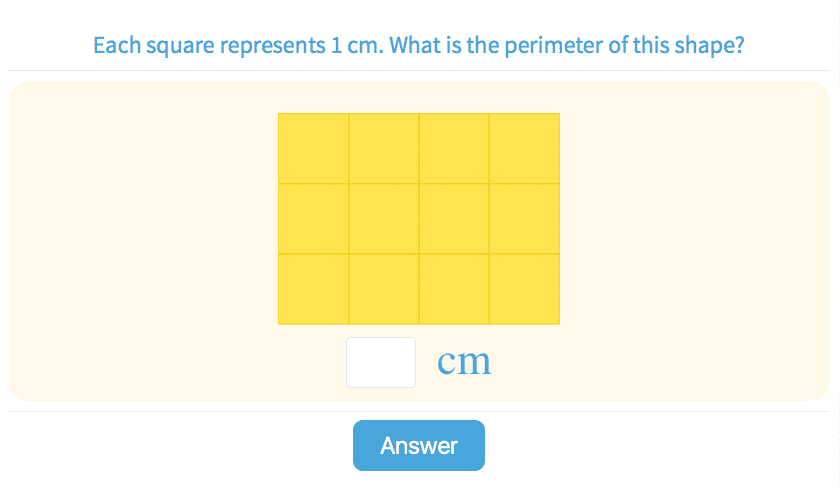
-
5.129Volume of Cubes and Rectangular Prisms

-
- Graphing
-
Time
-
5.121Reading Clocks
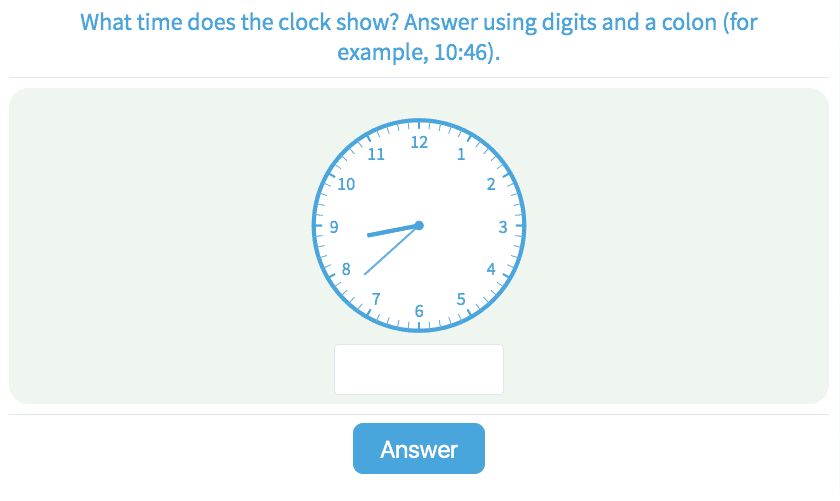
-
5.122Match Analog and Digital Clocks
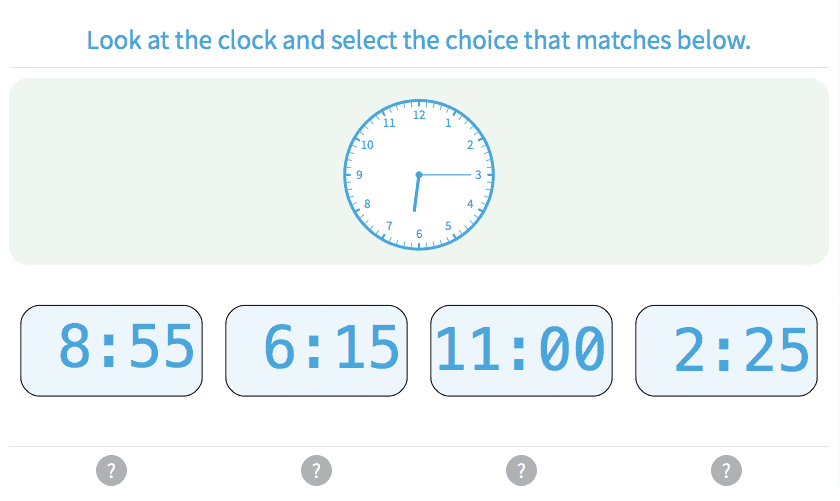
-
5.123Match Clocks and Time
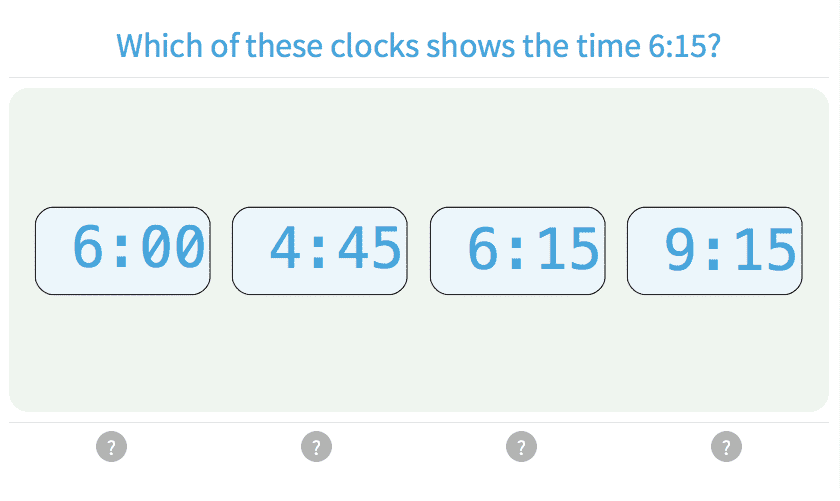
-
5.124Find Start and End Times

-
5.125Find the Change in Time I
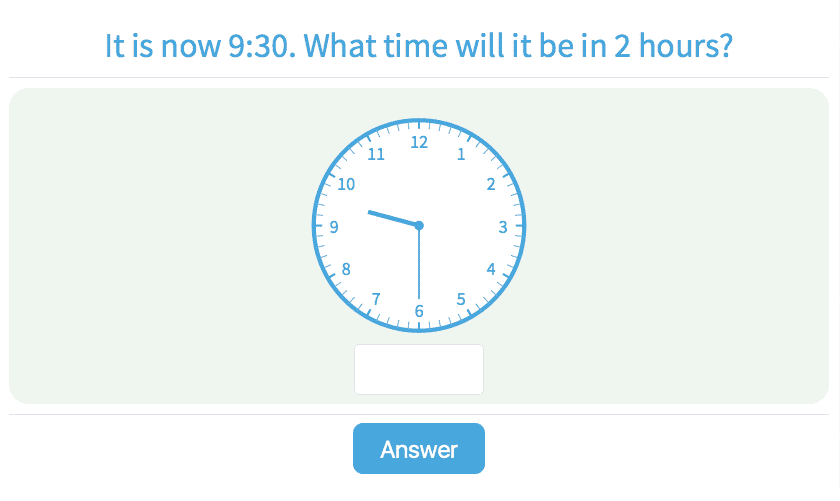
-
5.126Change in Time Review

-
-
Stats
-
5.136Identify Biased Samples
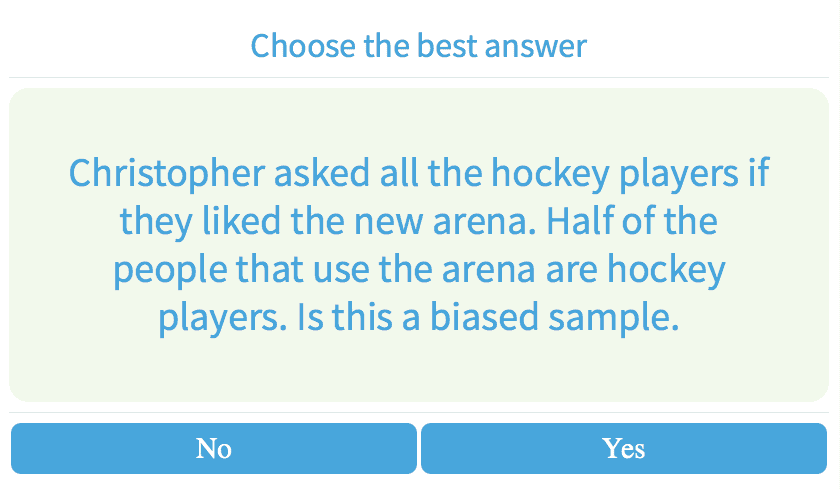
-
5.137Identify Representative Samples

-
5.138Identify Random Samples
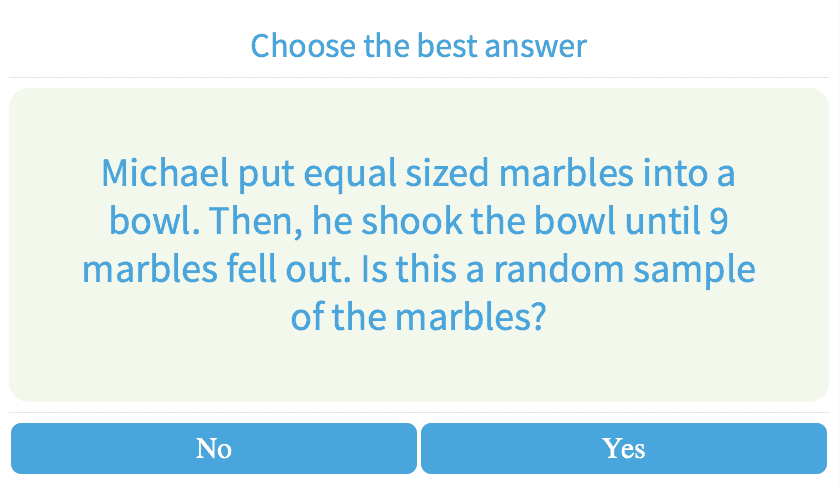
-
5.139Identify Representative, Random, and Biased Samples

-
5.140Calculate Mean
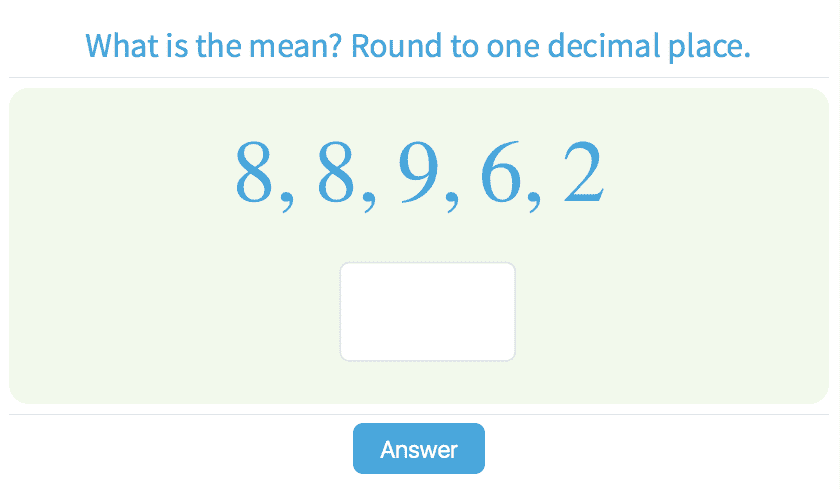
-
5.141Calculate Mode
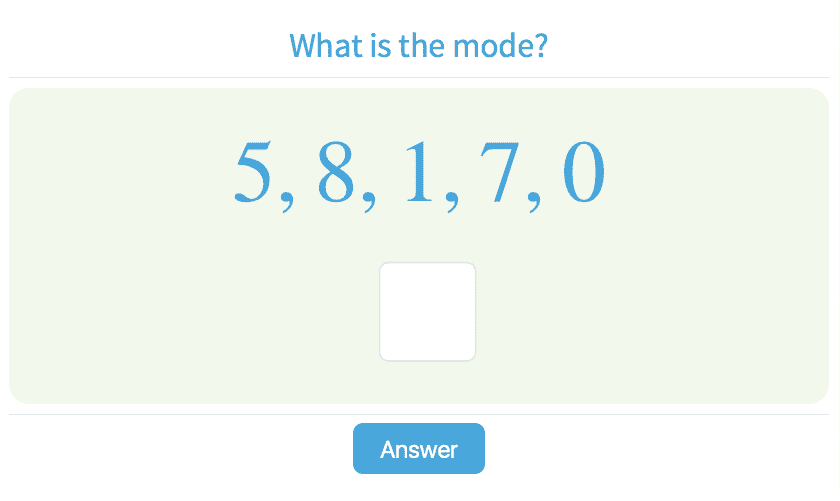
-
5.142Calculate Median
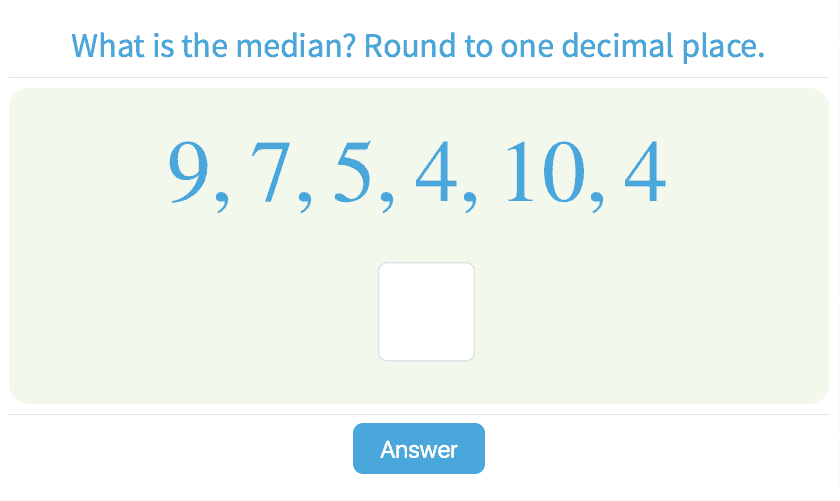
-
5.143Calculate Mean, Median, Mode and Range
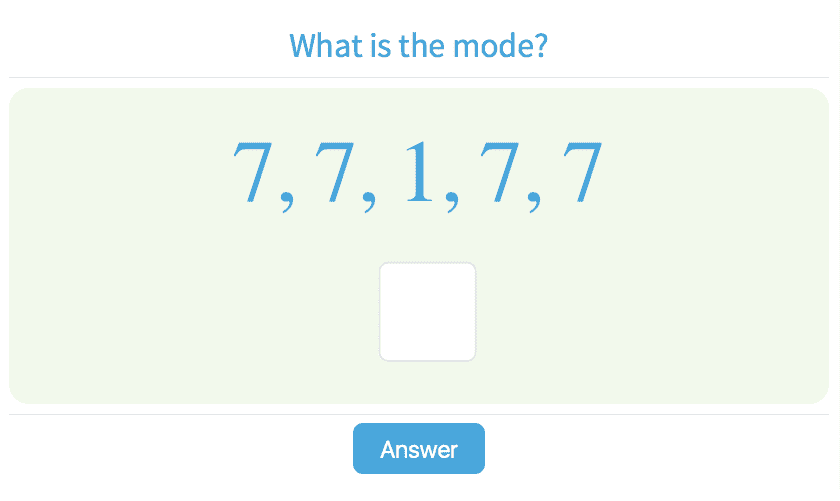
-
5.149Probability of Simple Events

-
5.150Probability Problems
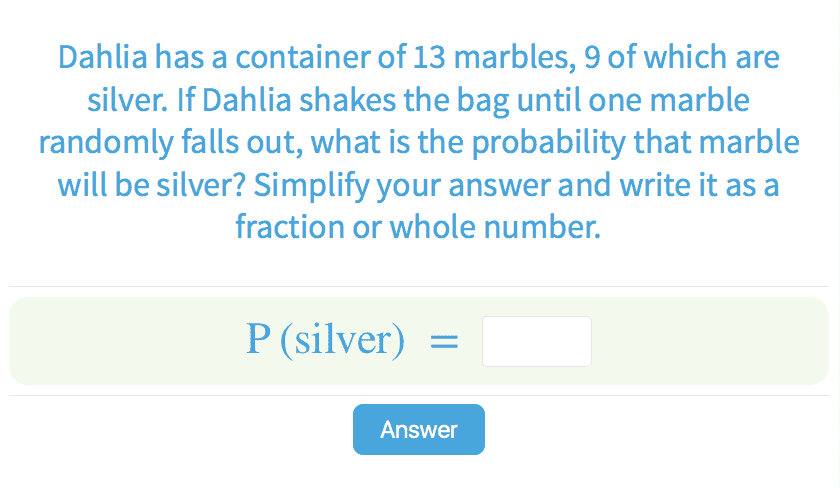
-
5.151Making Predictions
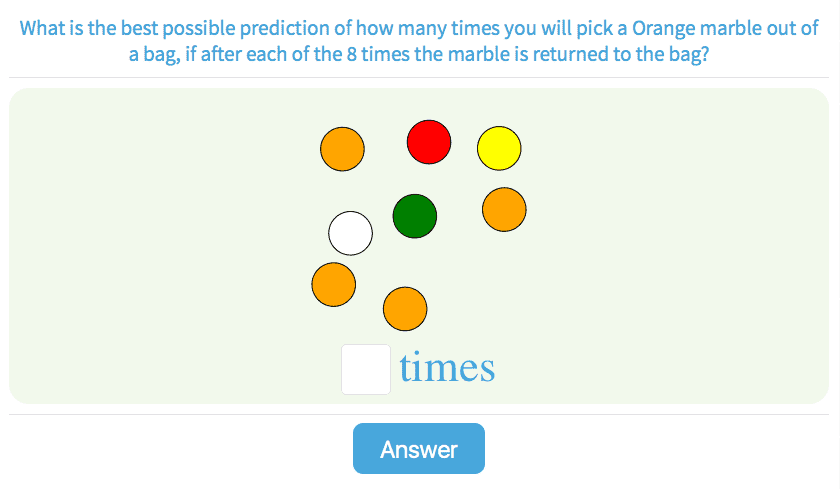
-
5.152Prediction Problems
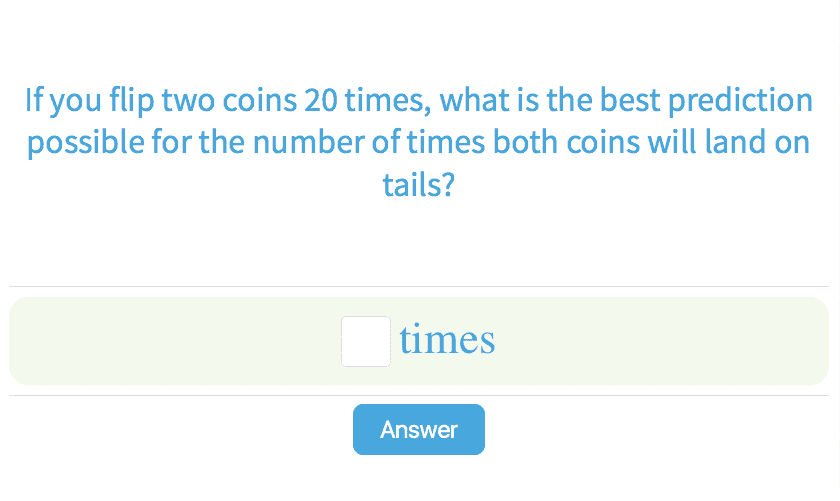
-
Students entering the 7th grade continue to expand on concepts from their previous years. On-demand videos with teachers who explain the concepts and show students how to understand the problem-solving process. Teachers go over rules, tips, and multiple problems helping students to be able to solve the problems themselves.
- Students learn about ratios, mixed properties, statistics and other seventh grade skills.
- Teachers incorporate the use of the scratchpad to give students a visual representation.
- Videos provide instant help for students who are struggling with their assignments.
